



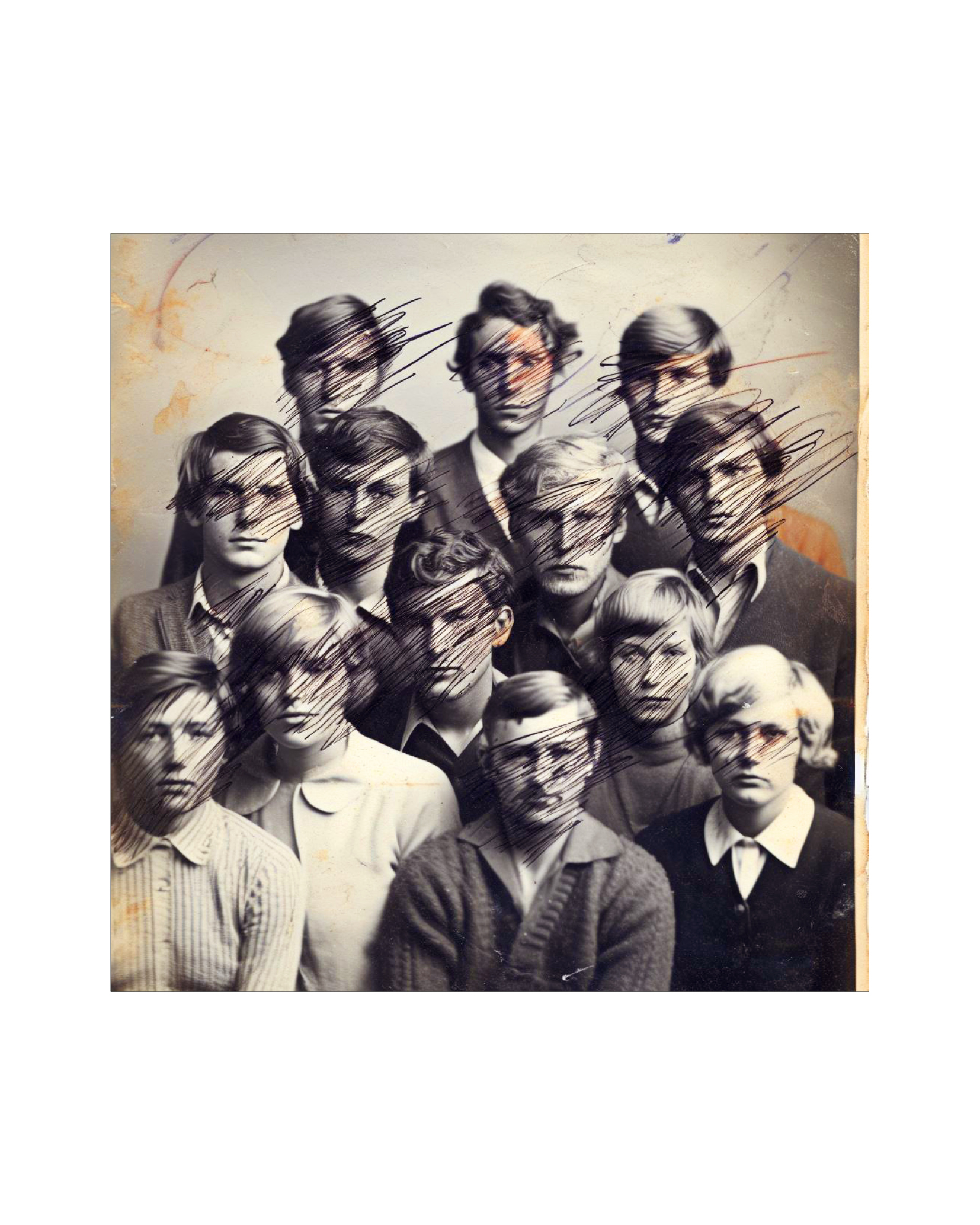
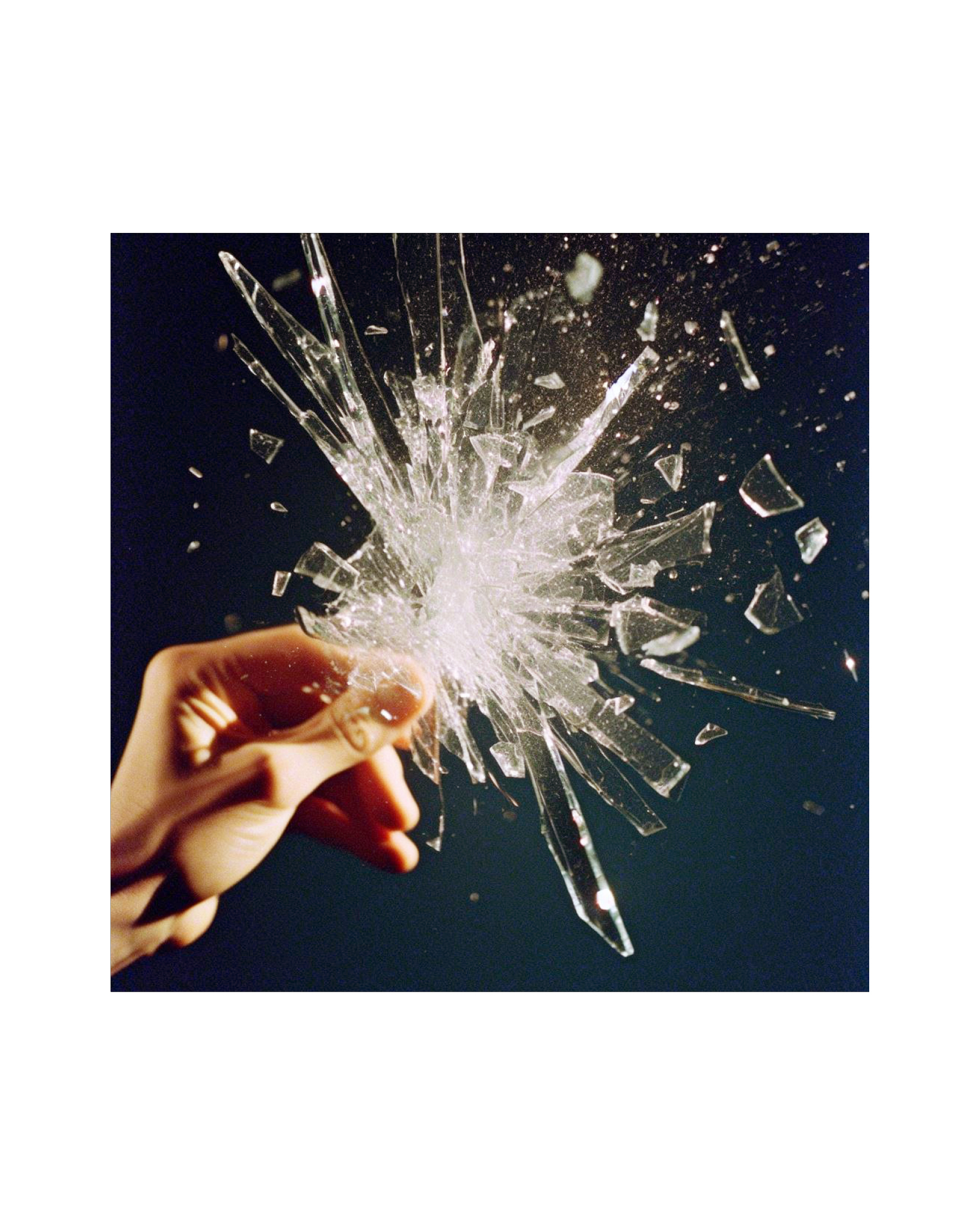


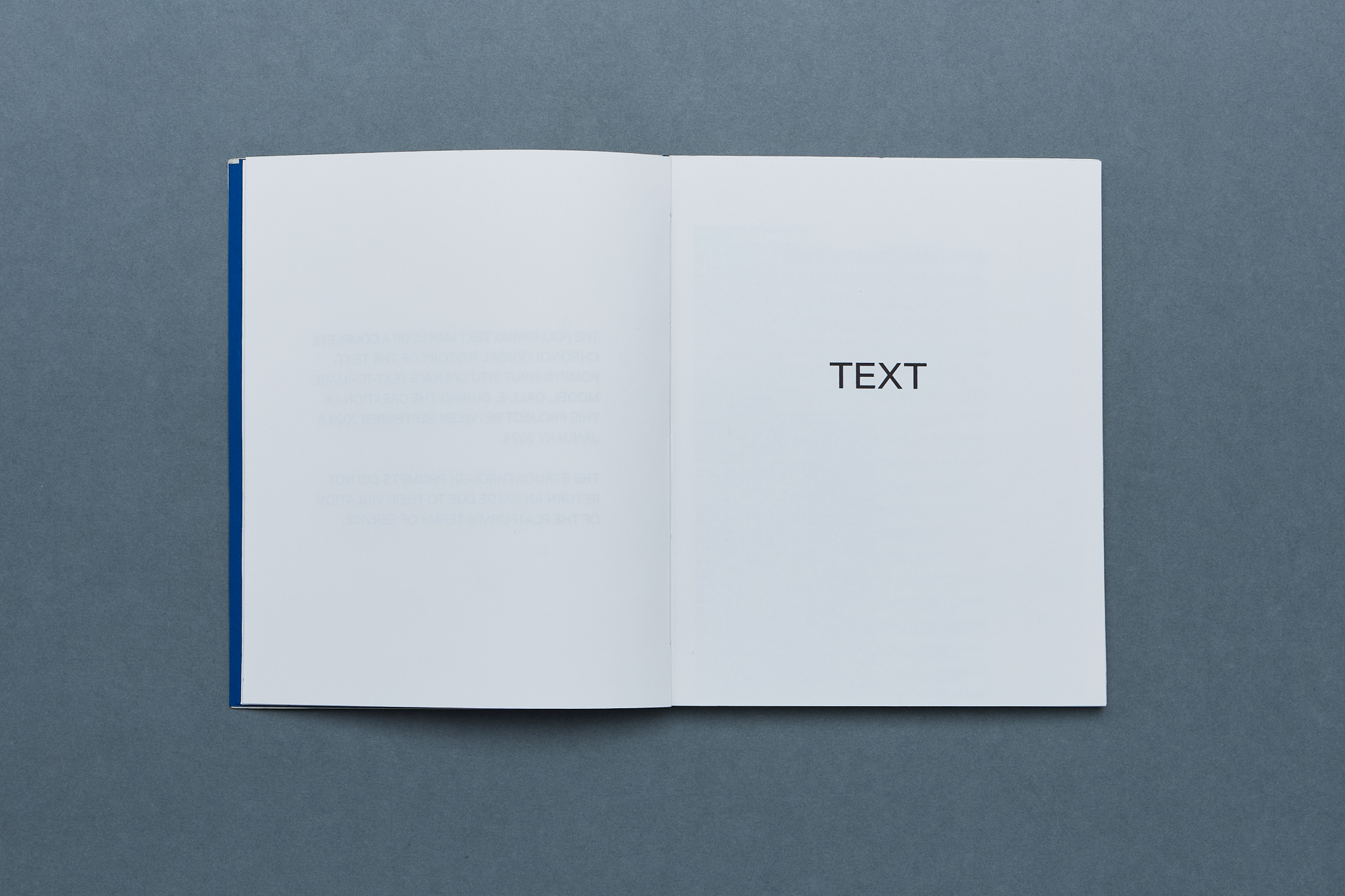







2024 - ongoing
Two-volume publication
Hand-made dummy-books using soft-cover lay-flat binding and a custom box enclosure
180 pages in total
The project’s sequence leans into what the ever-narrowing visual differences between the two mediums might mean by consciously playing on the tropes and visual language of Photography through the generated.
The selected generations resemble photographic portraits; vernacular snapshots; documents of banal, scientific, and historical affairs; as well as bizarre, impossible, and picture-esque views of a time bygone—all relating to the privileged position of the camera as a witness and registrar of bygone incidence and an already-present sense of failure within photographic representation.
In turn, the collated text-prompts allow one to follow the journey of intuition into the making of the AI-generated pictures that make up the project, but also reveal a procedural similarity between the acts of photographing and prompting: the fact that prompting, just like photographing, relies on a variable degree of guidance, orchestration and repetition (subject matter, style, lighting, framing etc.) amongst what is otherwise incidental and spontaneous.
In other words,
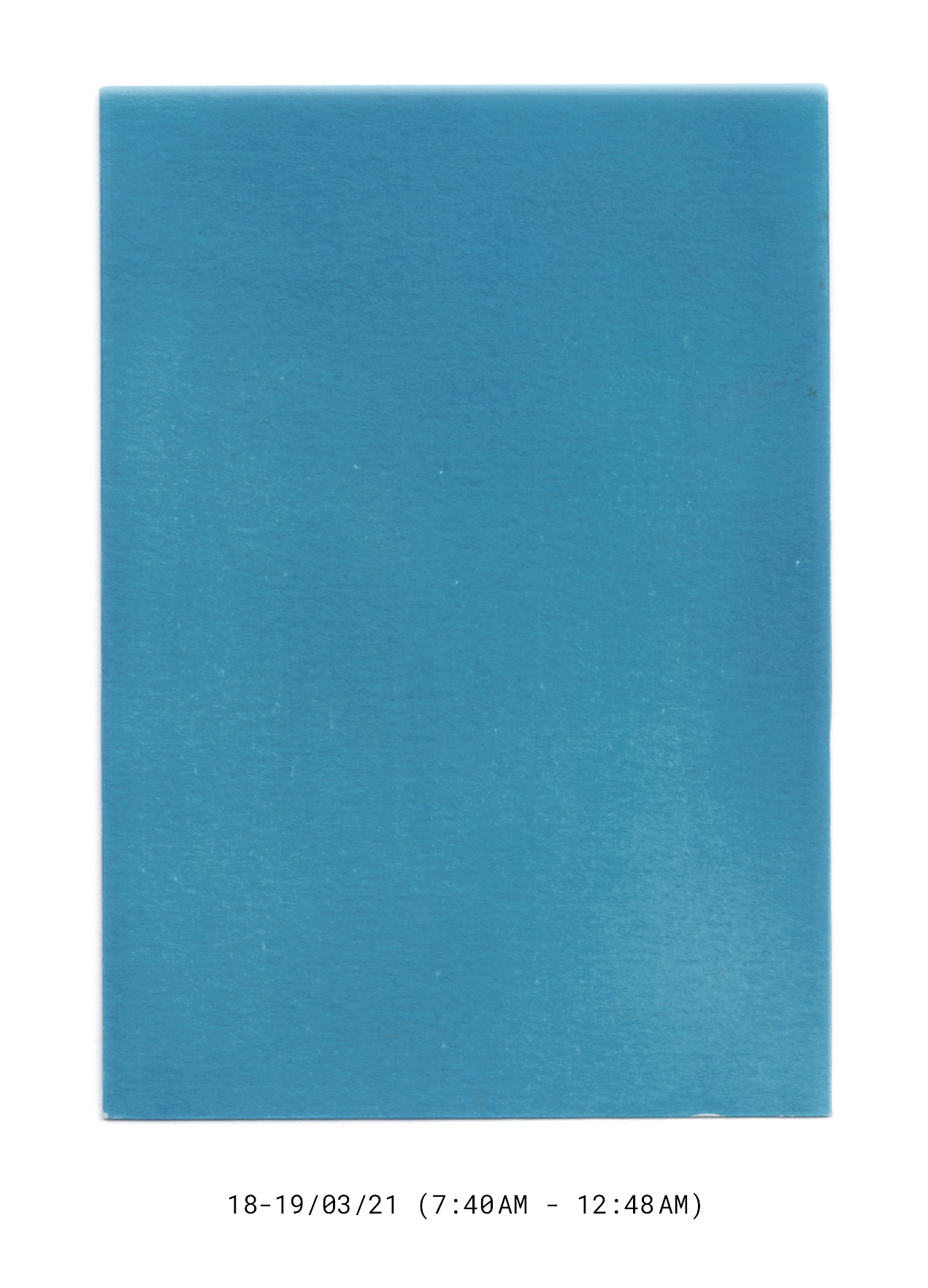
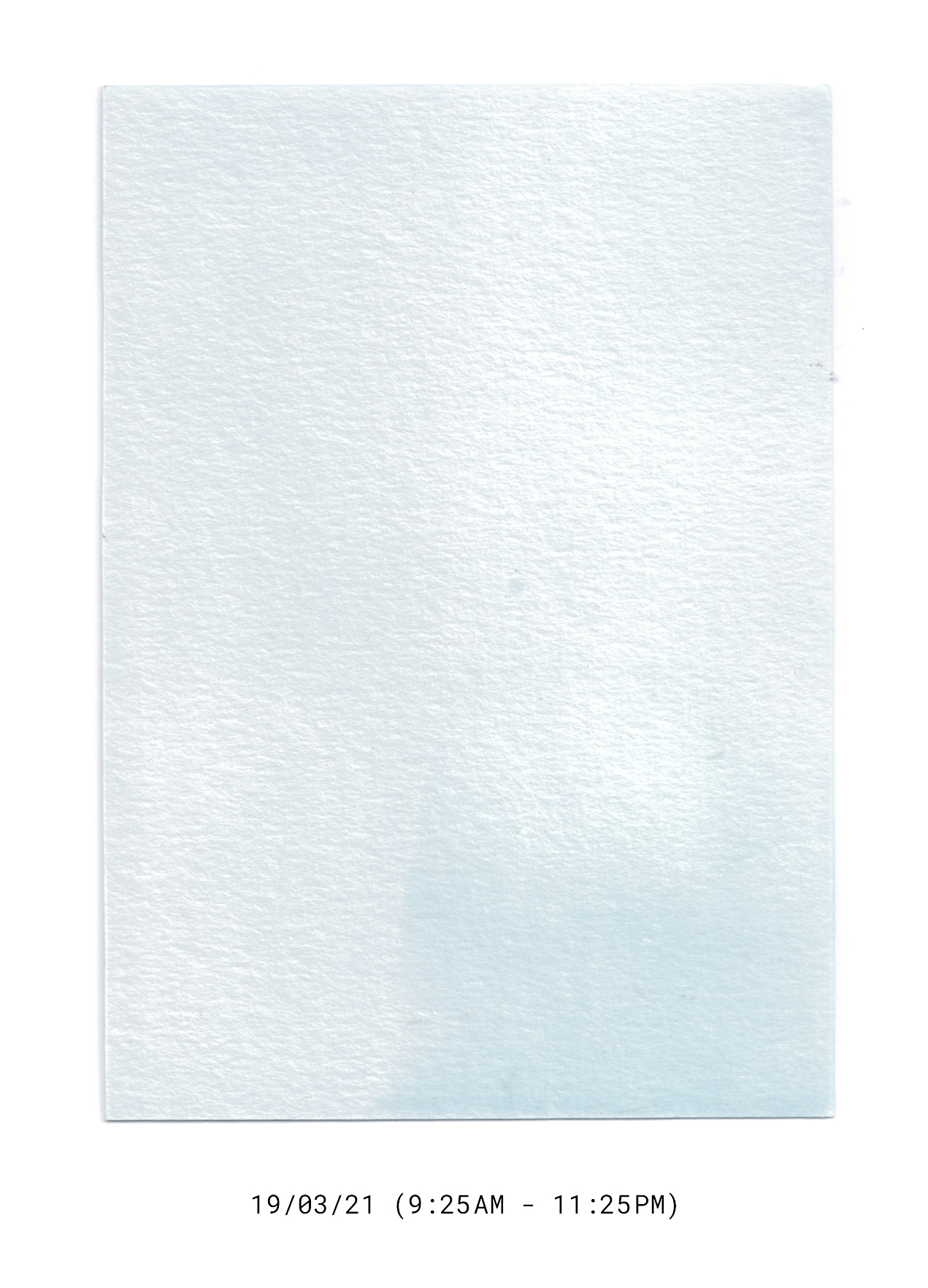
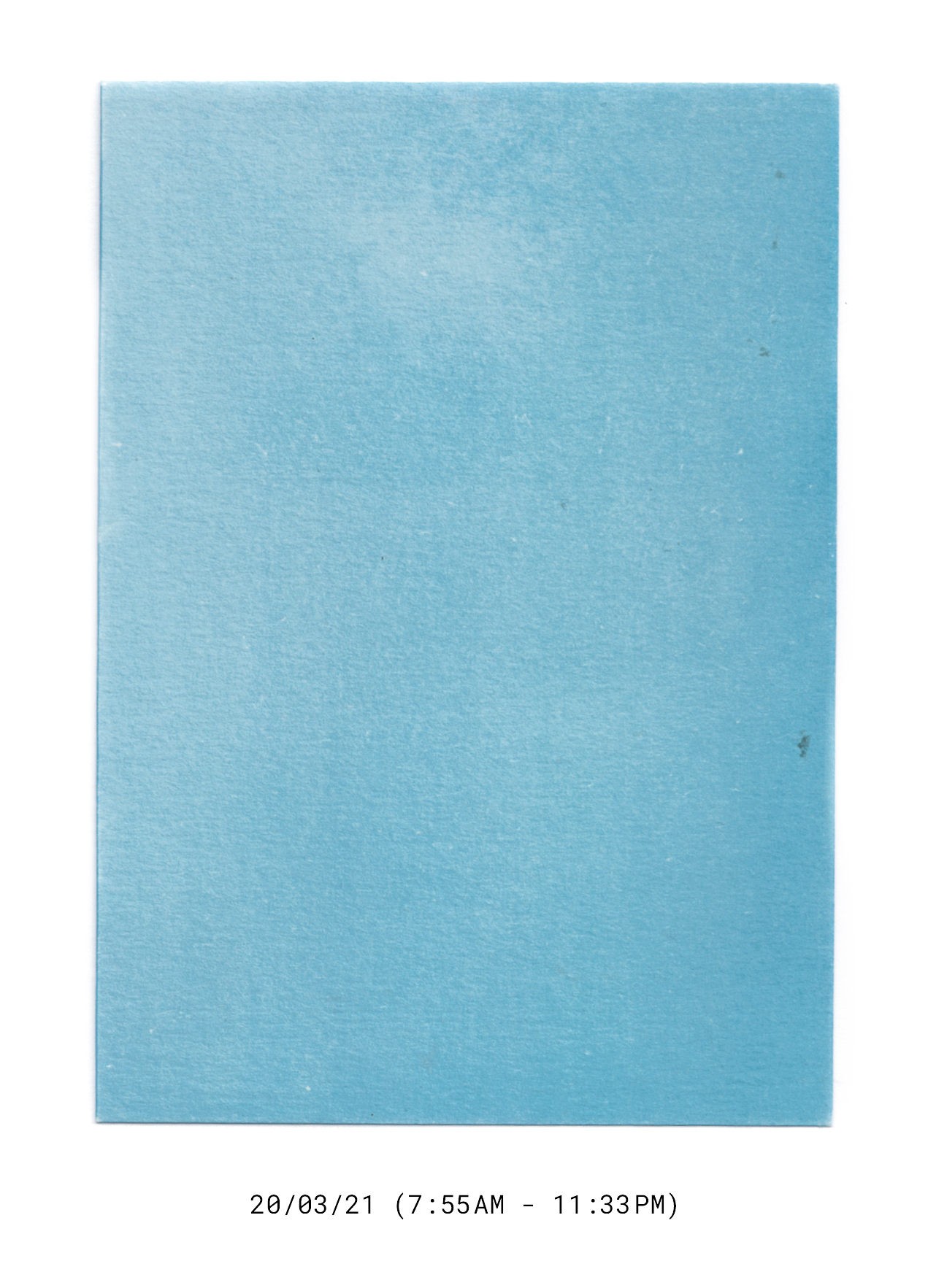
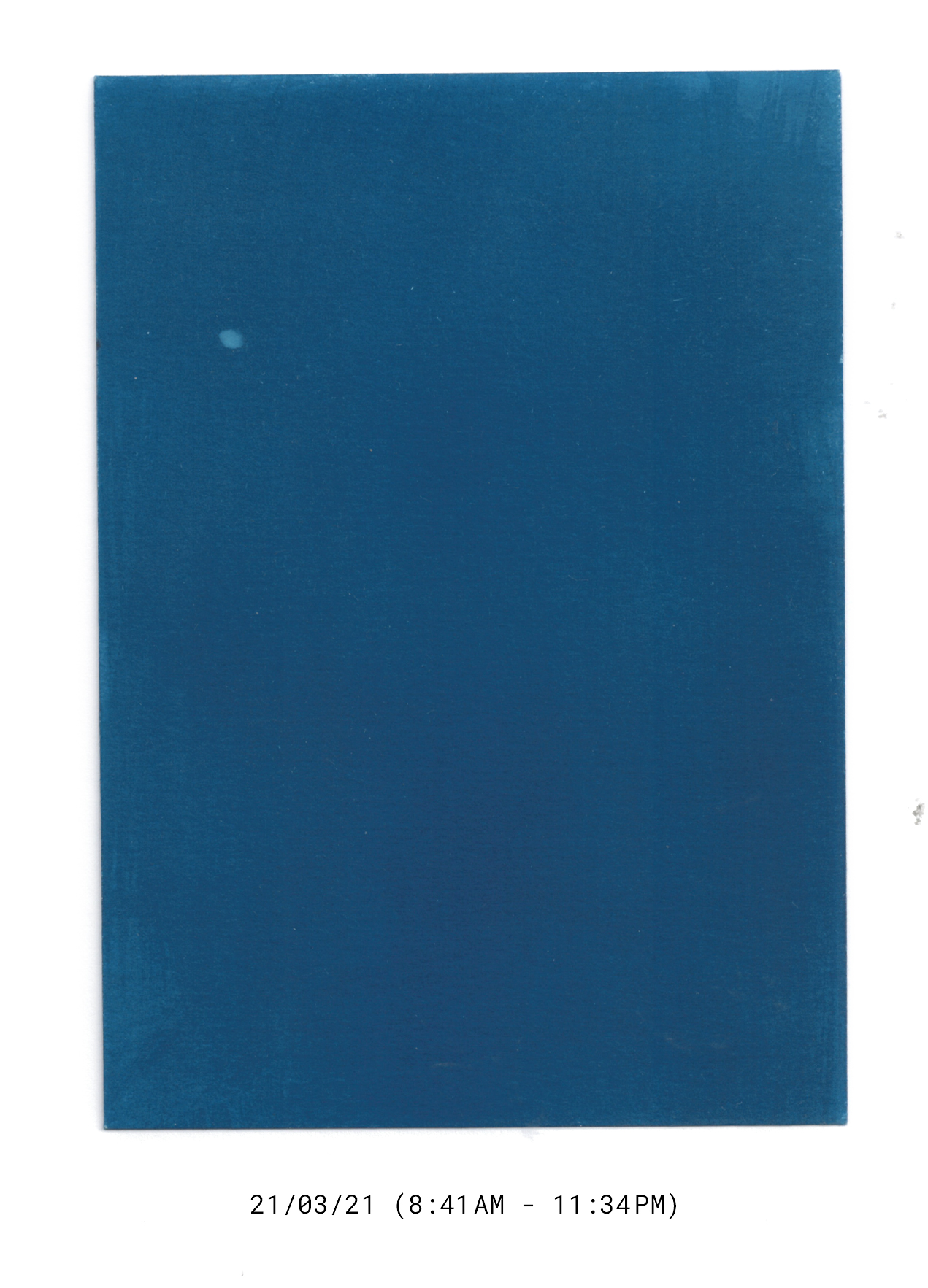

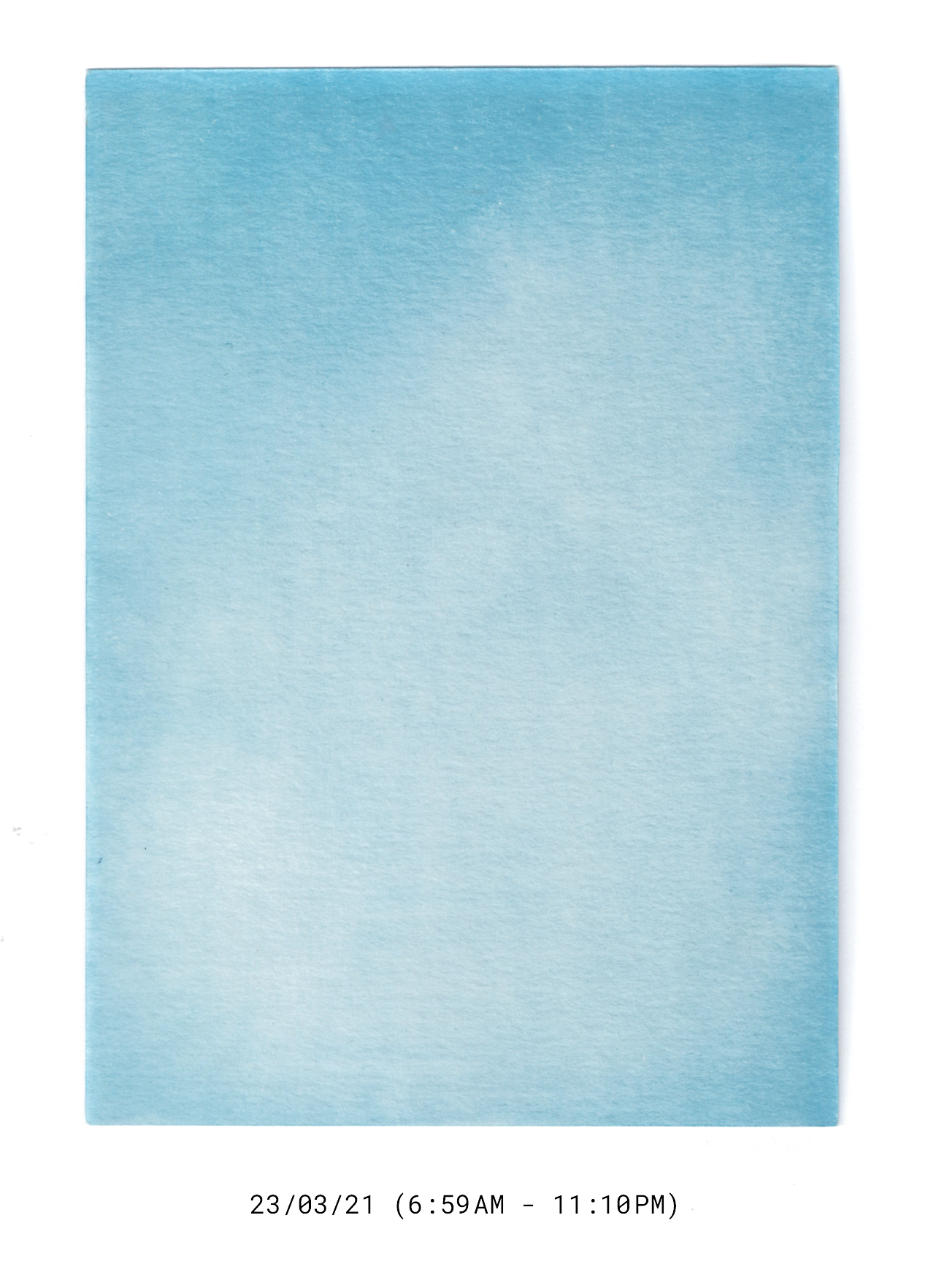

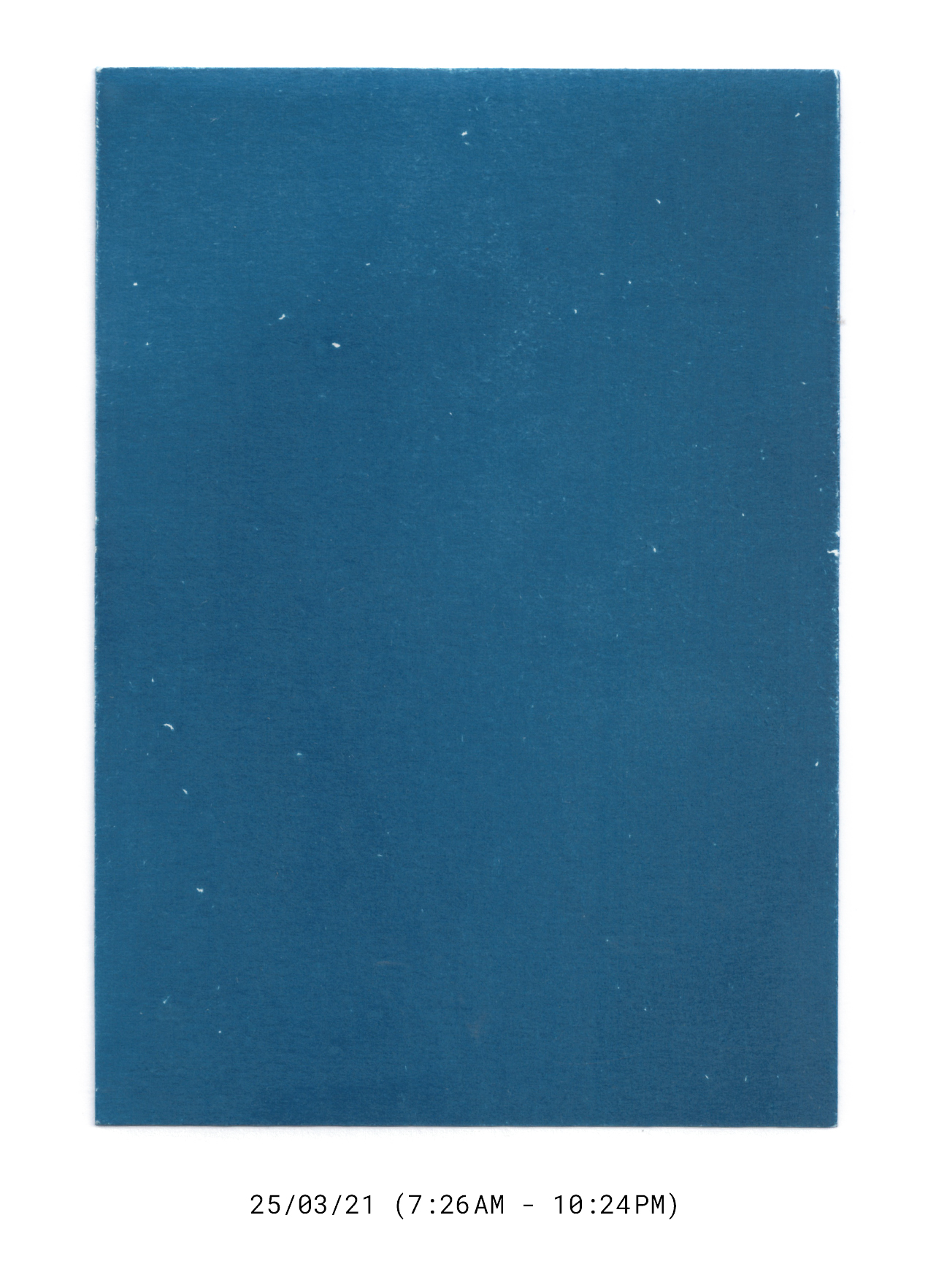

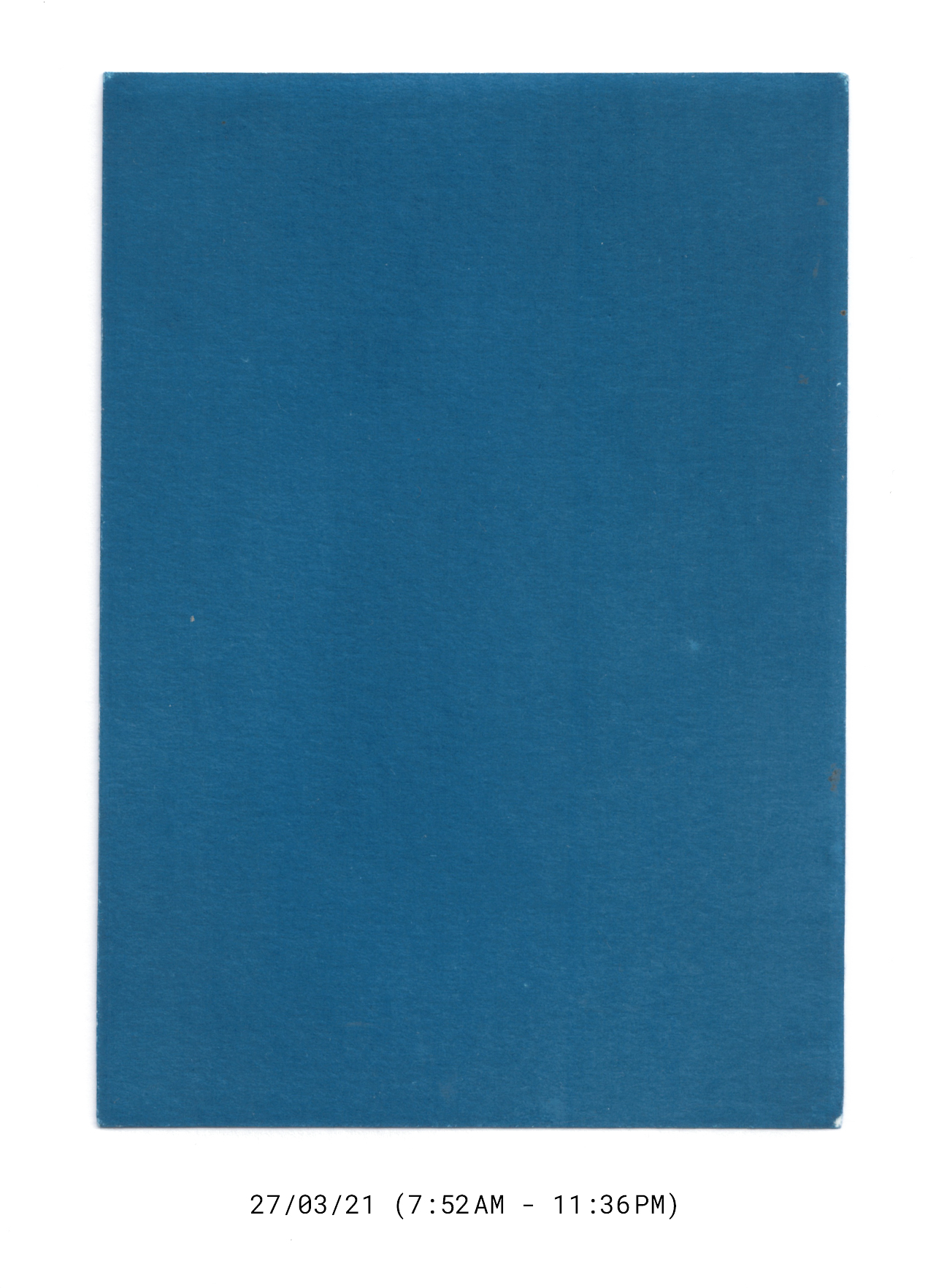
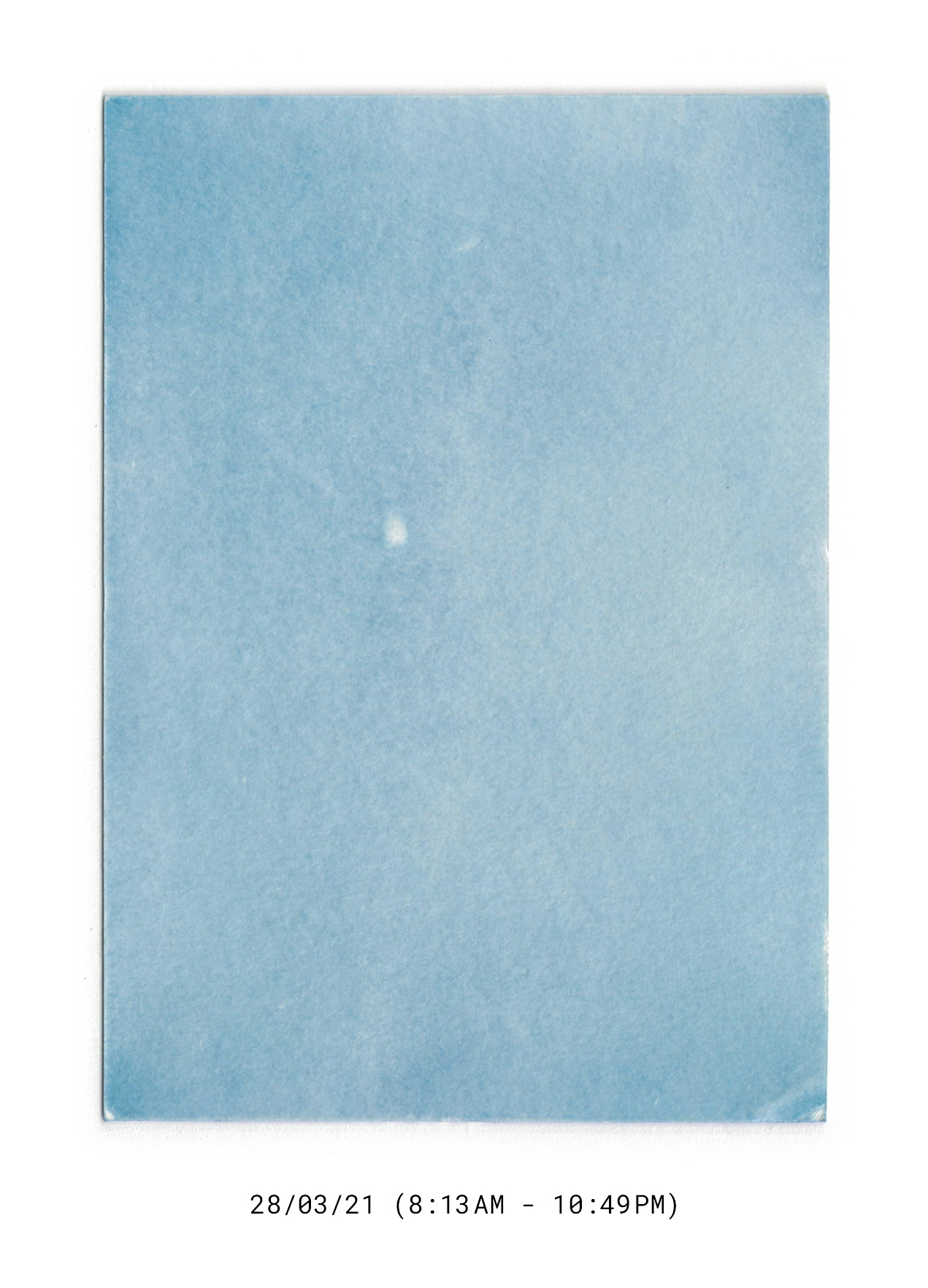
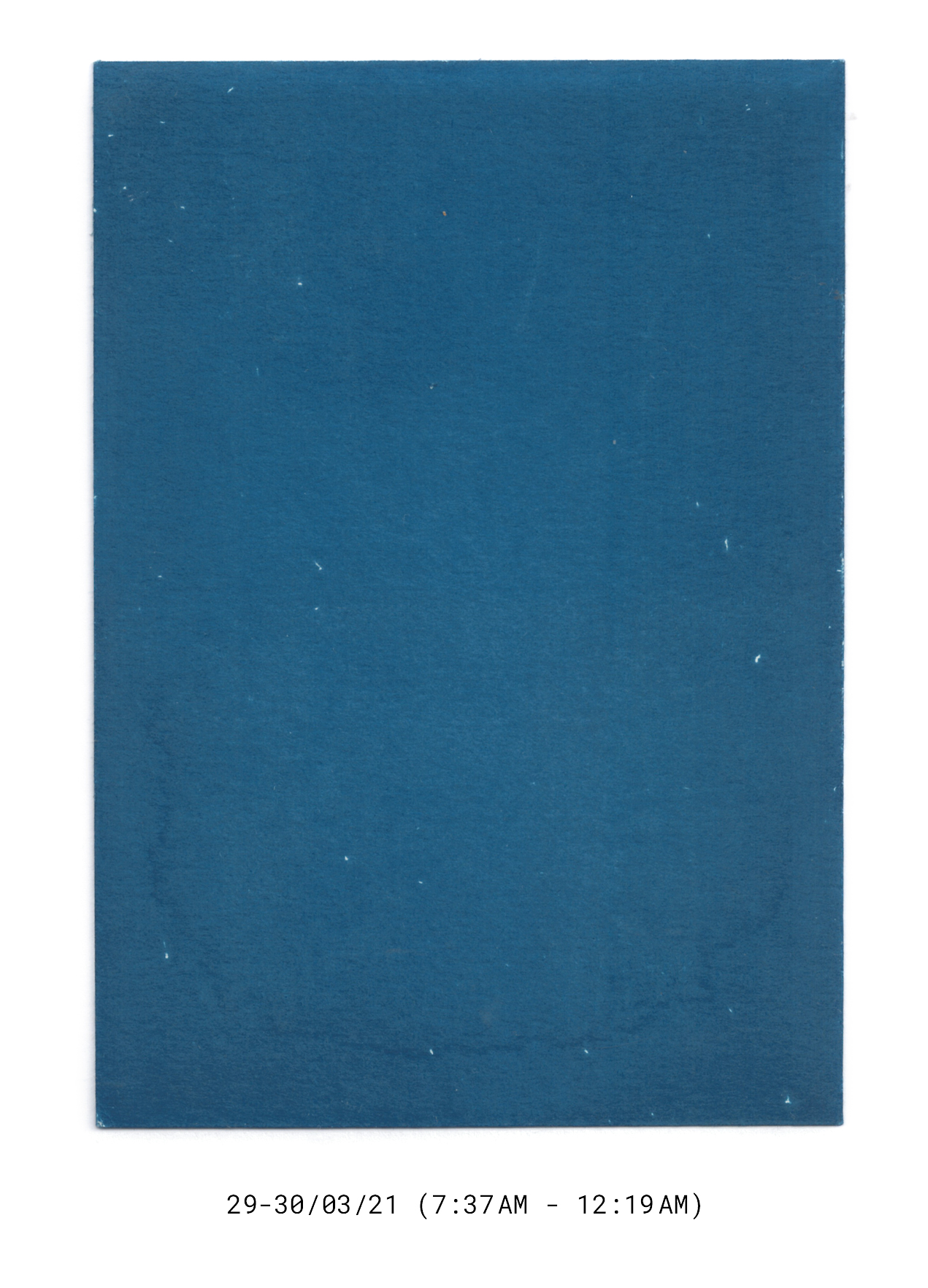
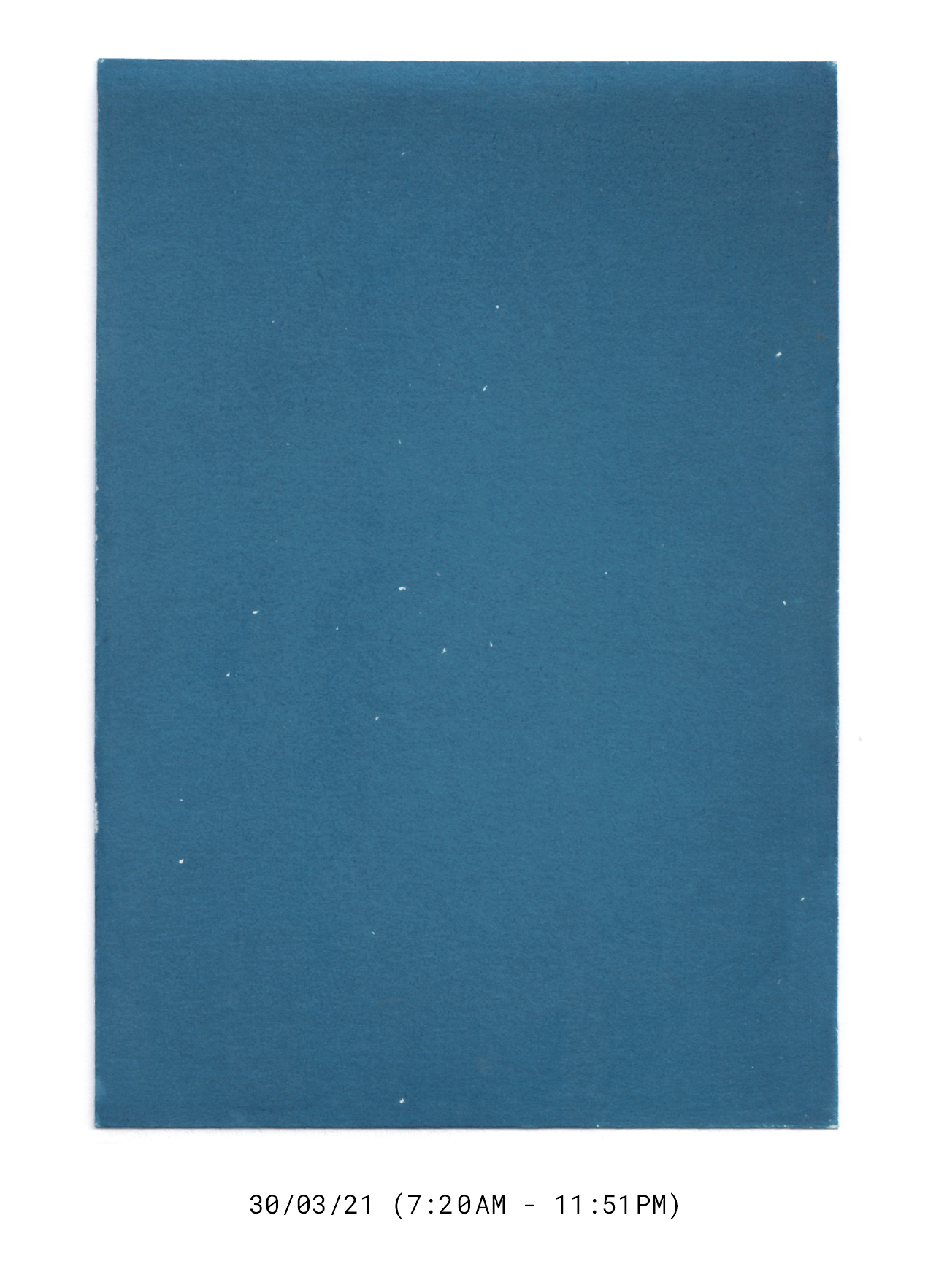
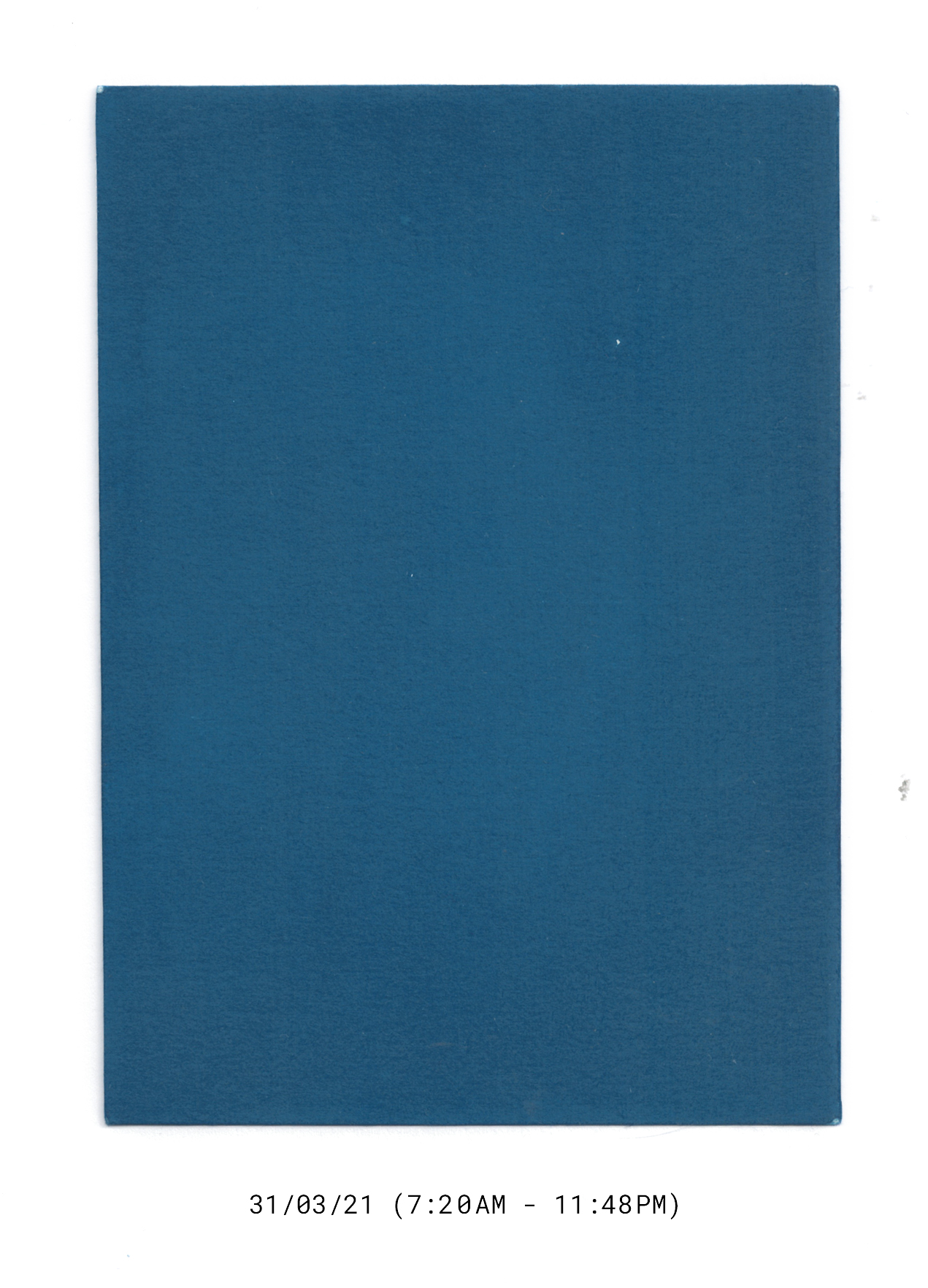












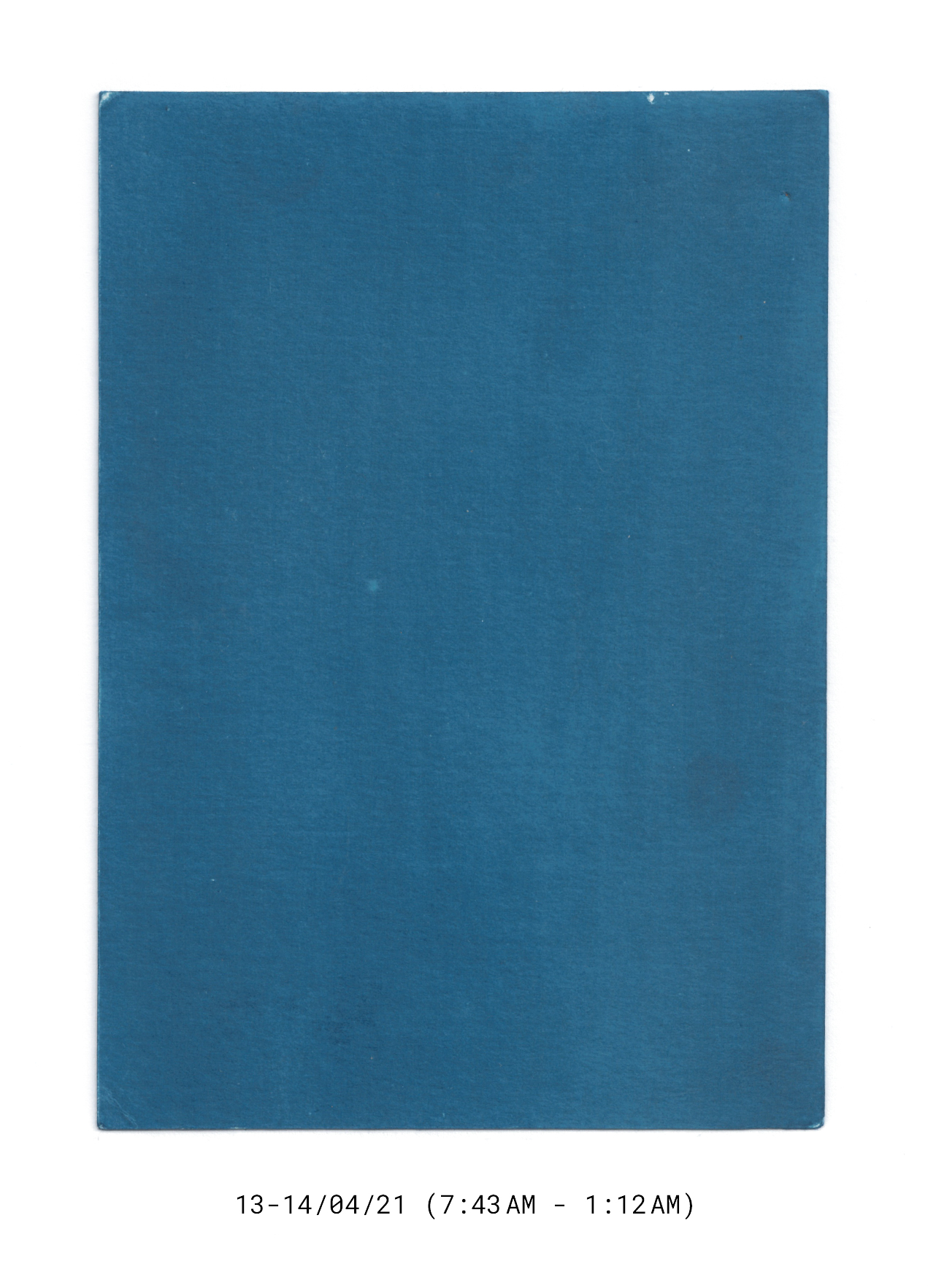

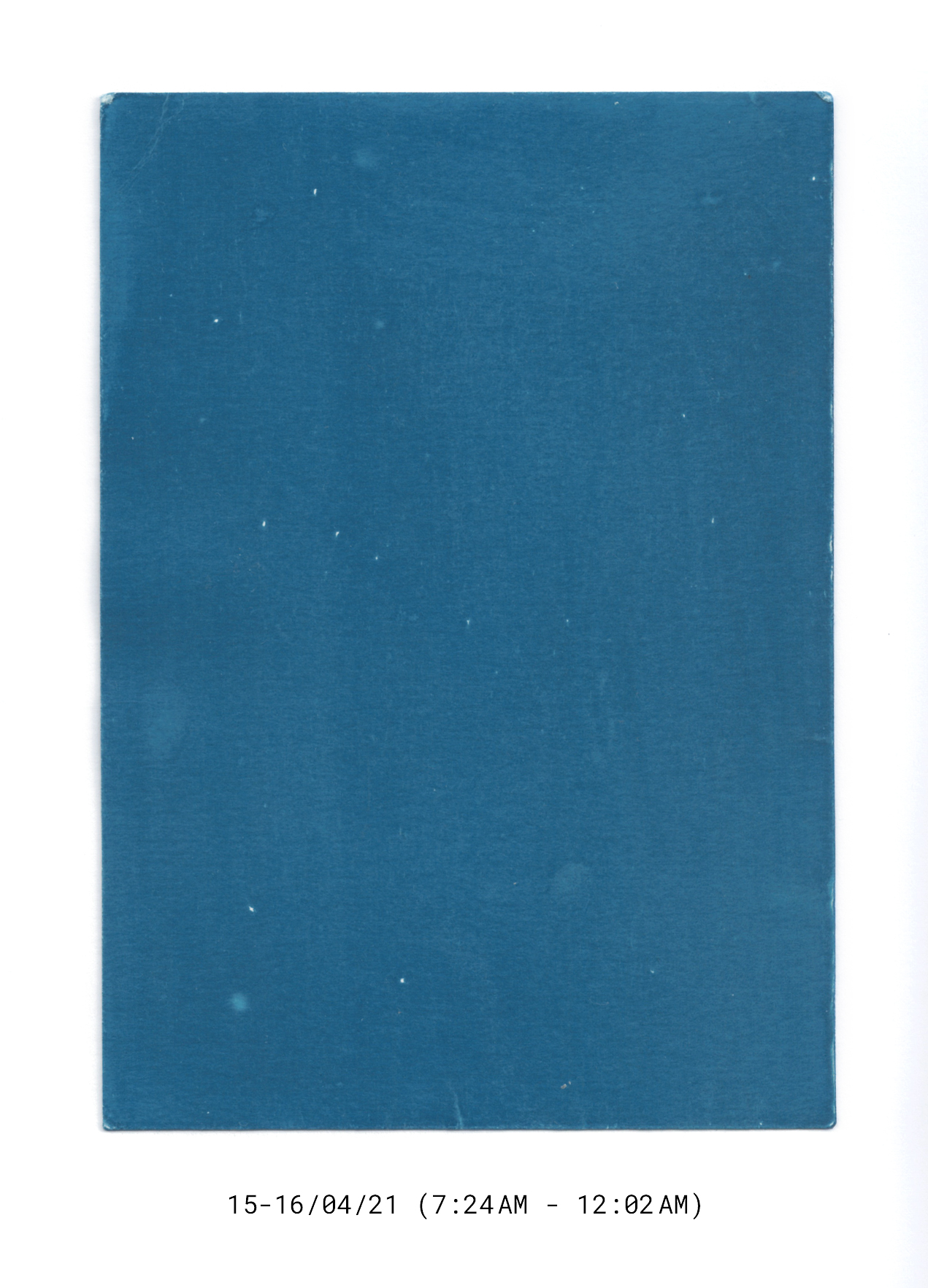

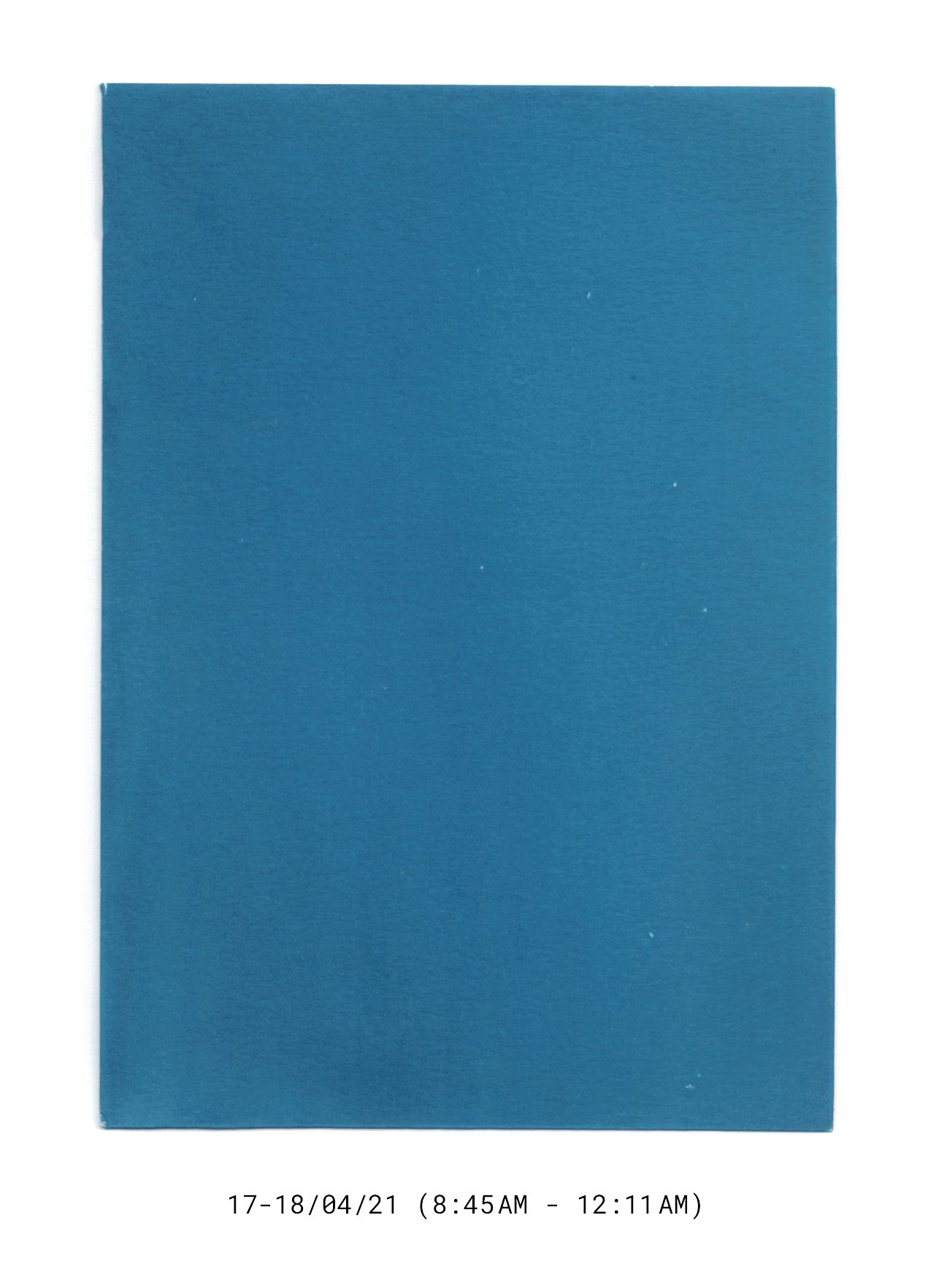
Diario (Monochromes, 18/03 - 18/04/2021)
2021
Set of 31 cyanotypes on Fabriano paper
14.8 x 10.4 cm (per image, aprox.)
Diario (Spanish for ‘daily’ and/or ‘diary’) is an intimate photographic account of a month-long period spent in homebound solitude.
The work is composed of 31 monochromatic cyanotype prints, each bearing corresponding date and time intervals that indicate the beginning and end of their exposure, which in turn, were dictated by the artist’s conscious awake time during production: beginning exposure at the moment of waking and ending it upon sleep. Hence, each print represents a chance to play for the camera with the knowledge that nobody is consciously looking, a long, dead gaze that witnesses and condenses all performed action and outside phenomena into a single photographic exposure that lasts for the entirety of the a waking day.
By presenting each print as an individual witness or account, the series becomes a small archive of a continuous, long-term performance. A set of images that place presence and anecdotal account, indexicality, over the photograph’s usual perfect representation. Therefore, the work poses as a more honest form of photographic documentation that rejects optical manipulation for the sake of iconicity and concrete visual recognition. It lifts the burden of perfect representation off of the photographic image and instead, presents a complete monochromatic abstraction that is monotonous and austere, just like the repetitive and tasks in isolation it reflects. It is this very austerity, however, that allows the project to transform the rigid and repetitive rhythms of the mundane everyday into the poetic by translating minute variances of routine and structure (chance, imperfect repetition, flux) it once witnessed into comparatively distinct variances in hue, tone, and texture.

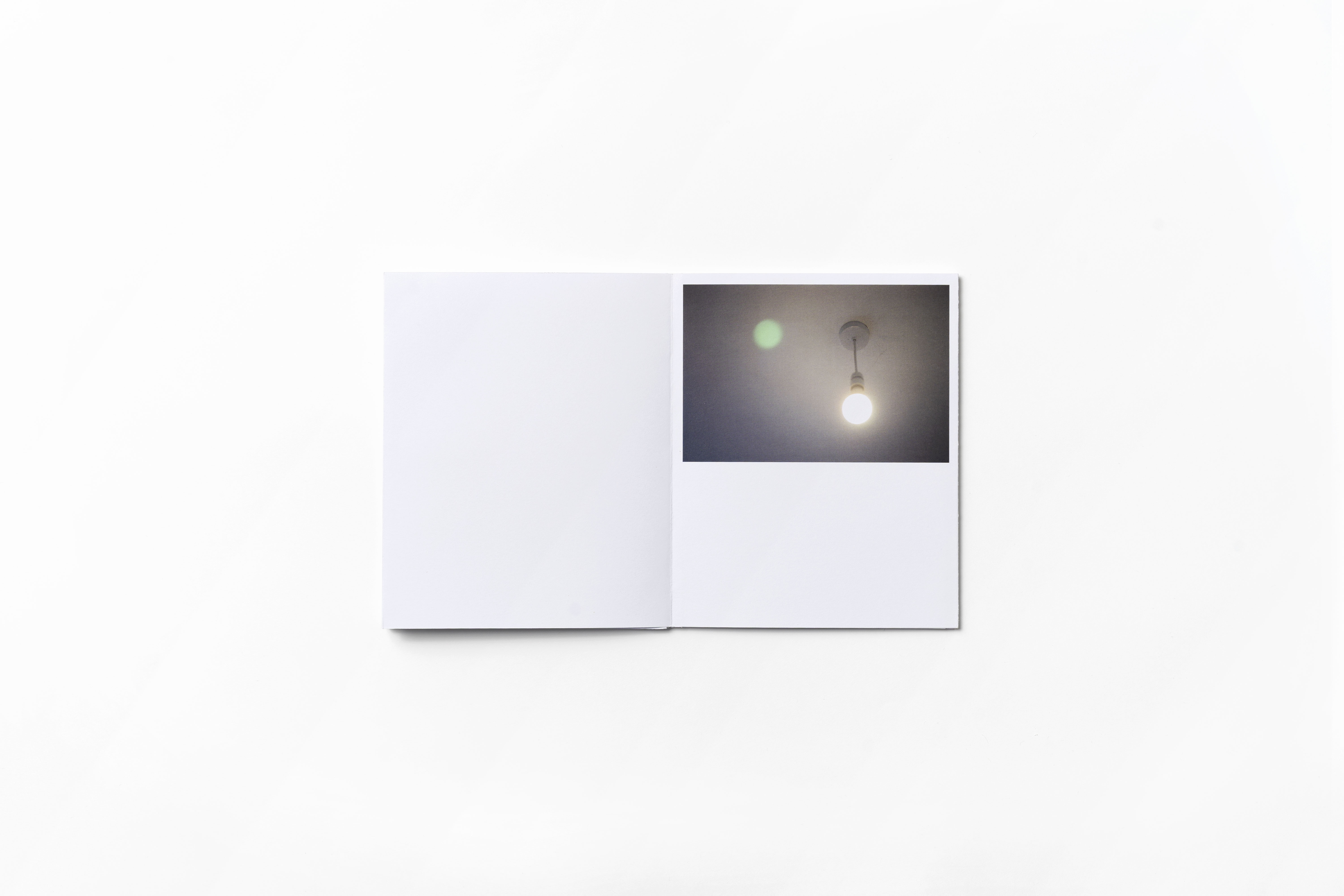


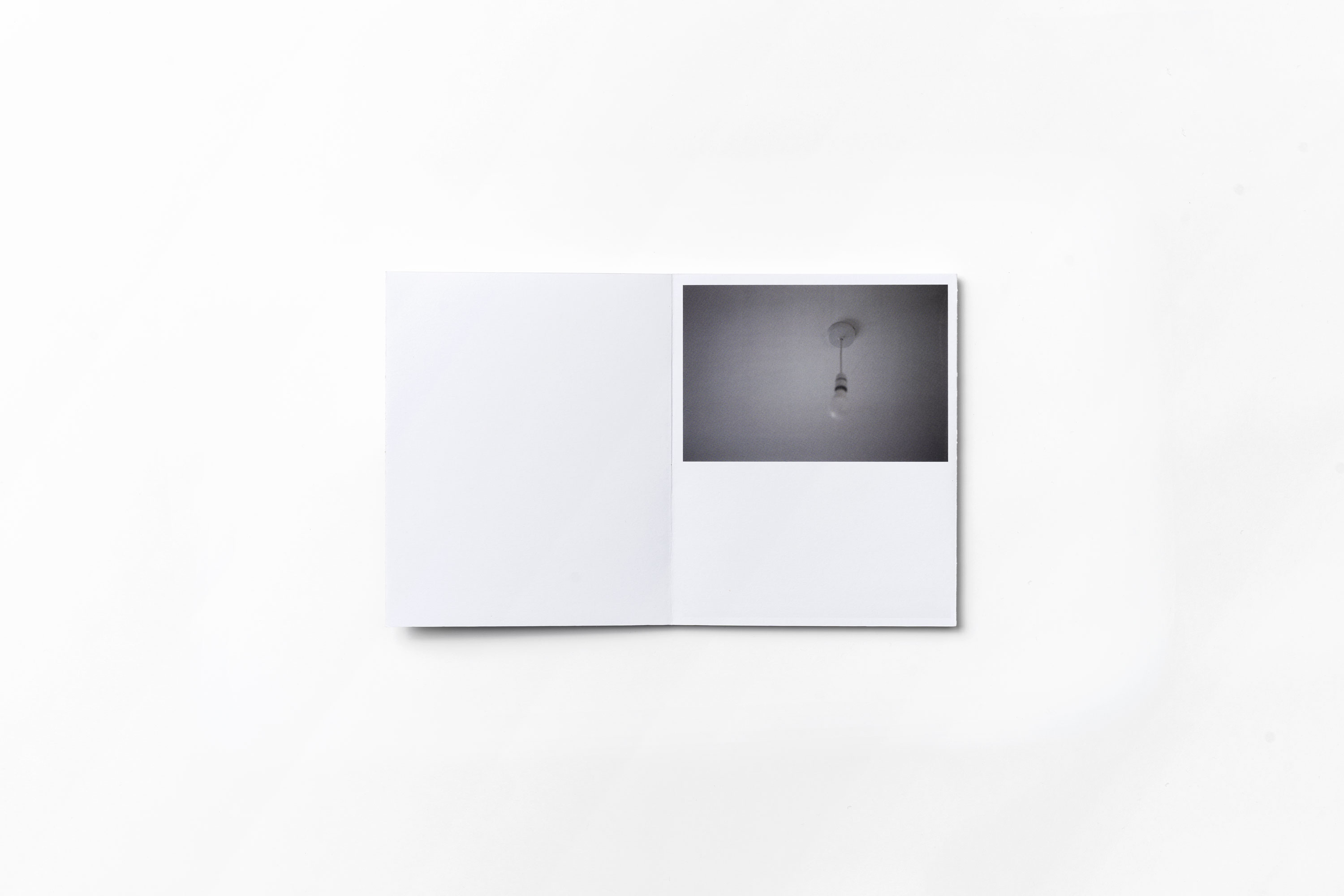



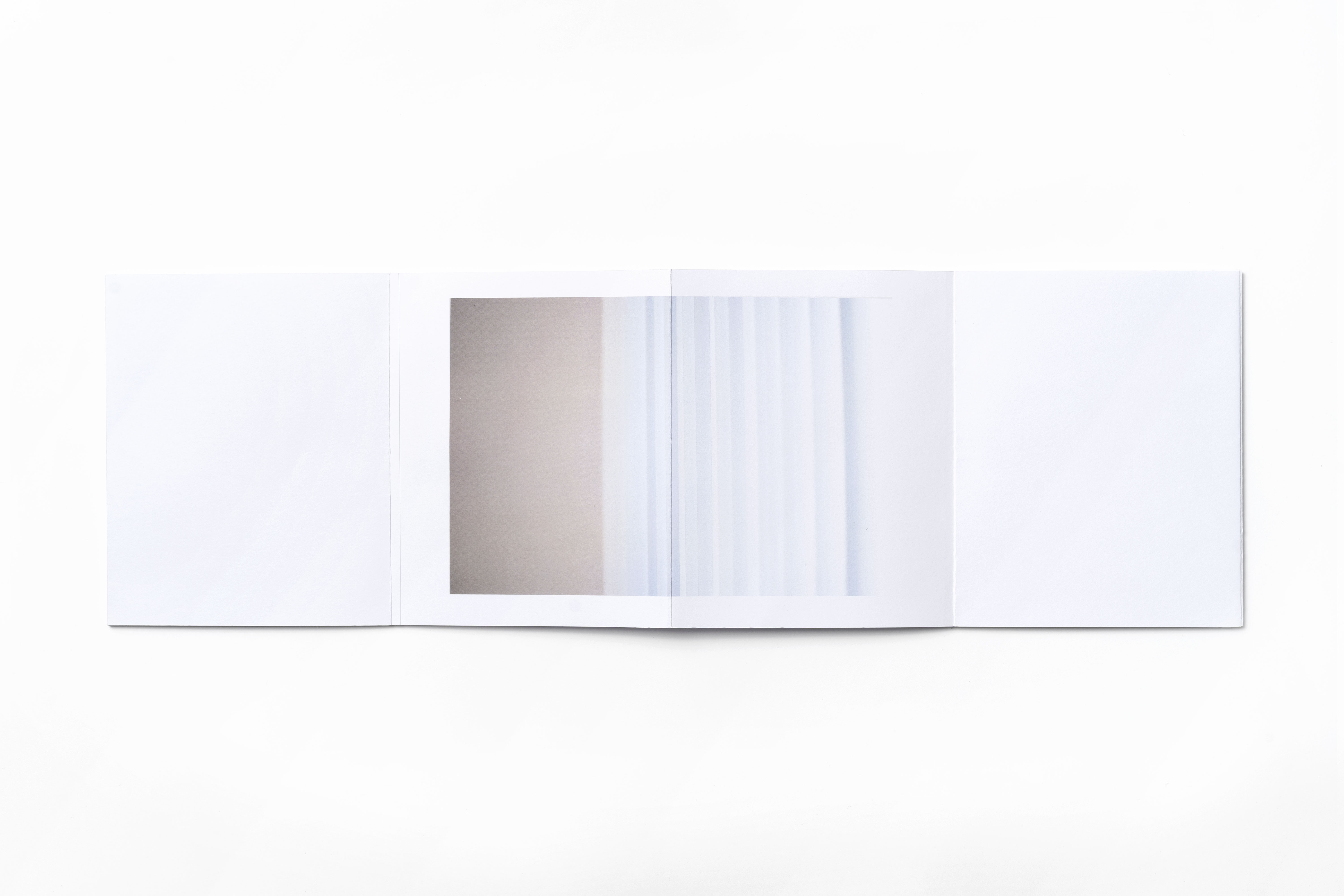
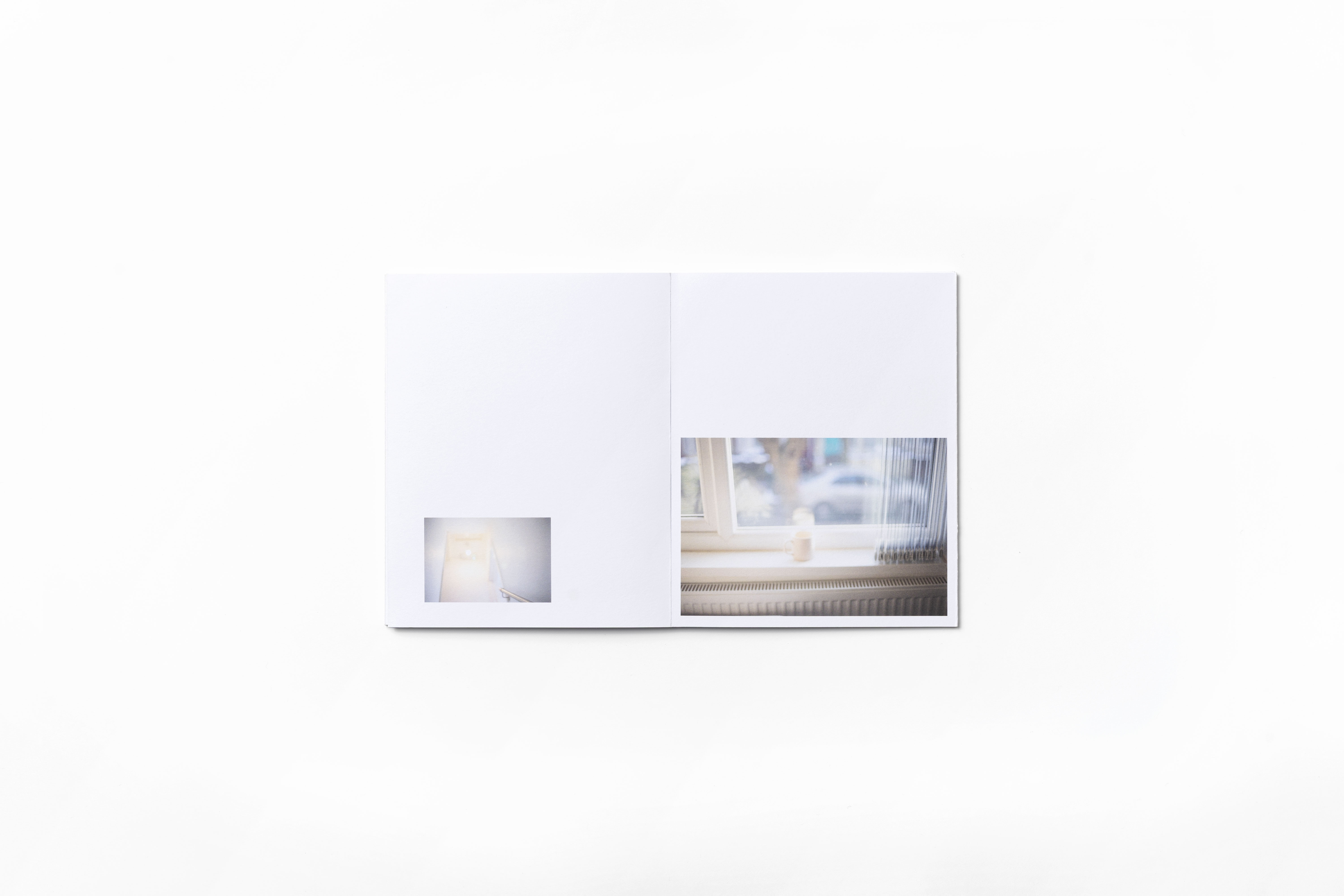

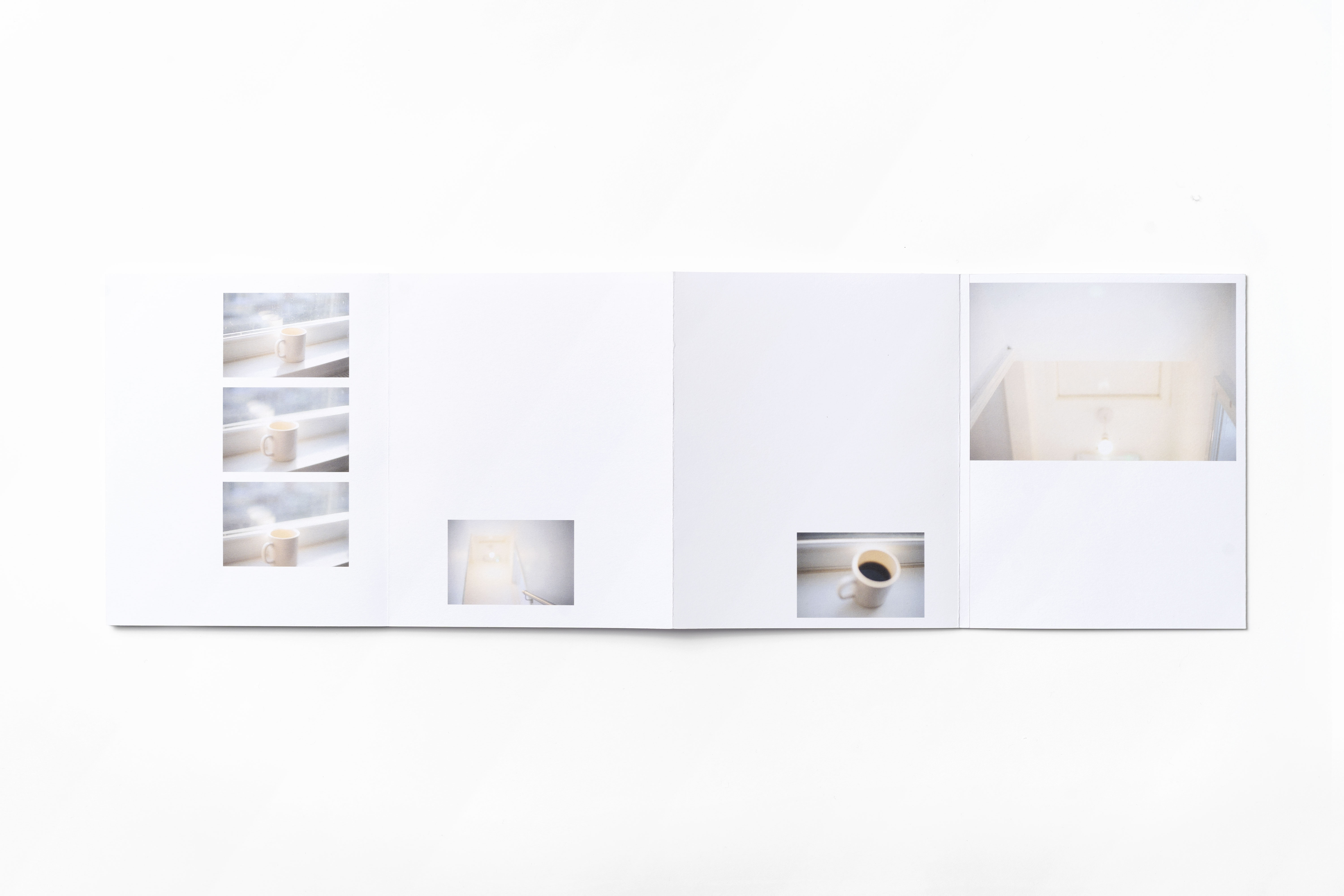





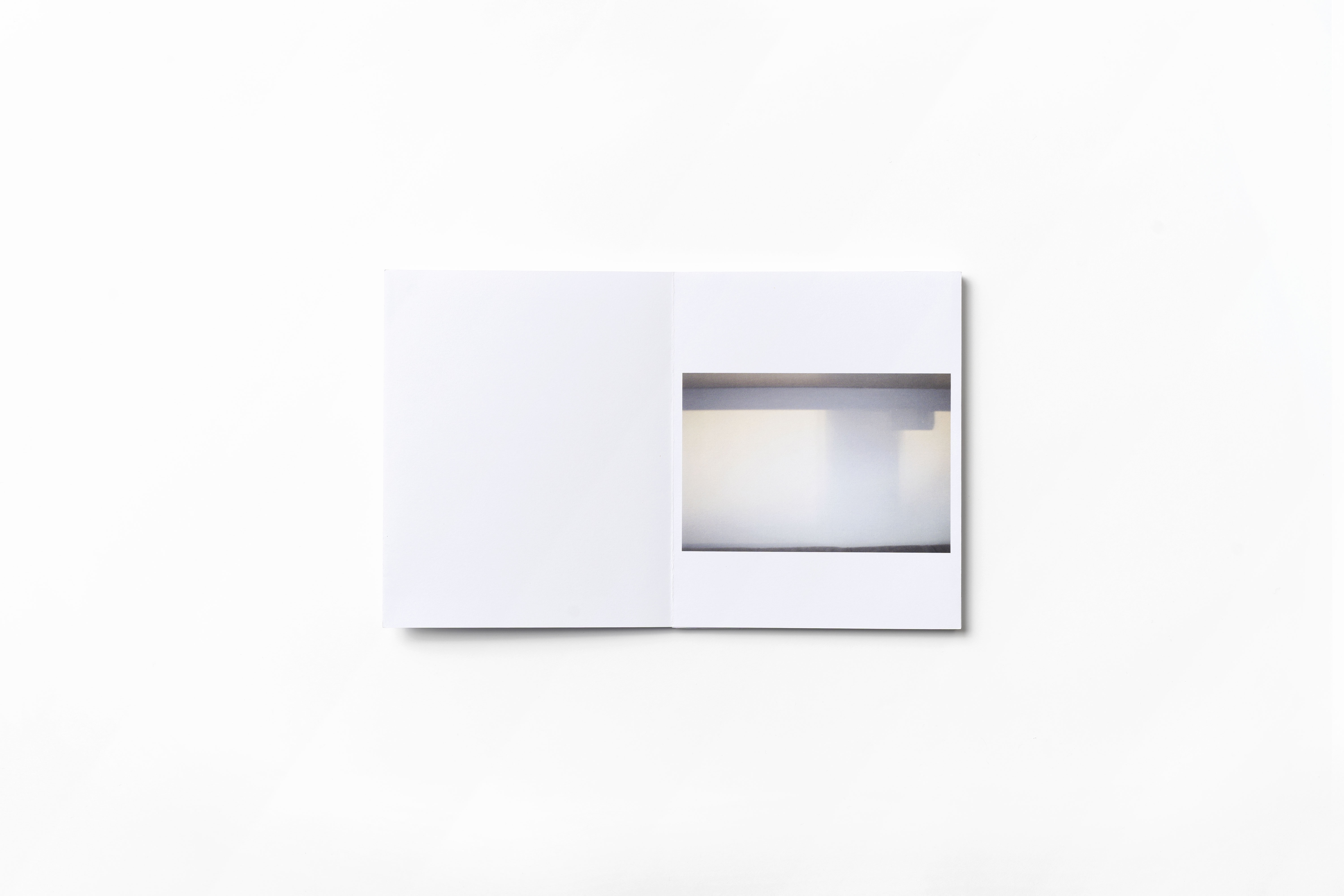
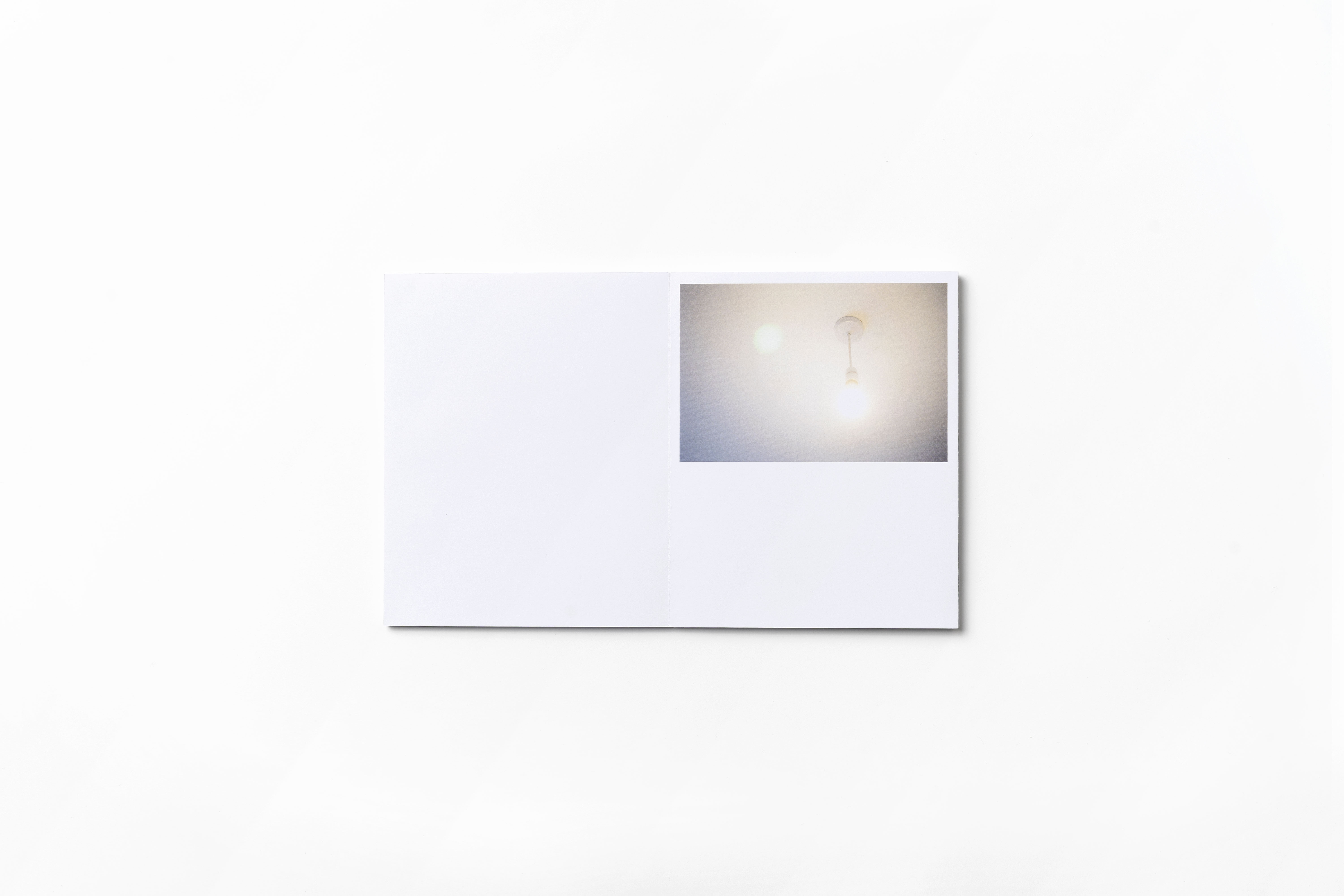

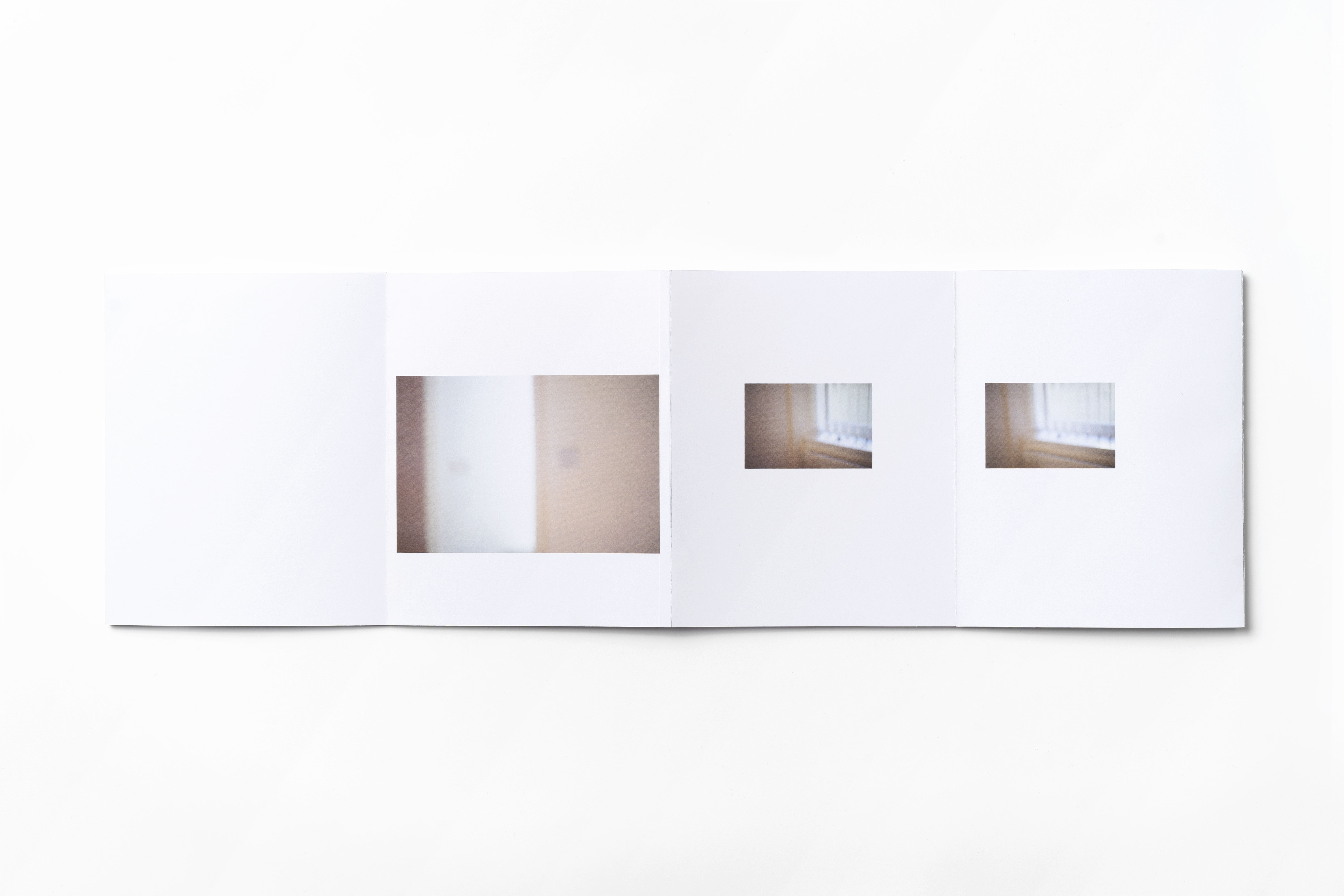


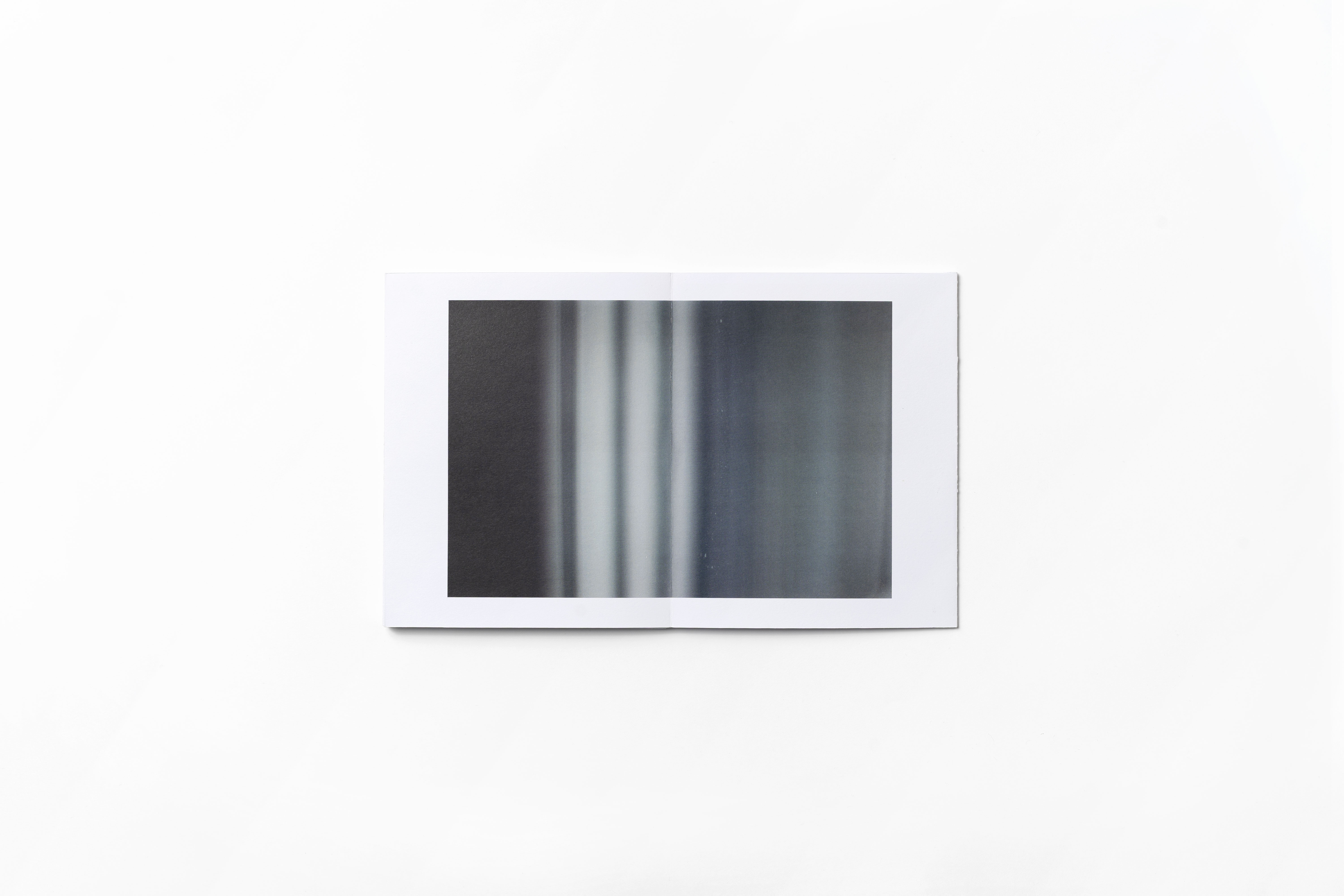

here, now...
2021
Hand-bound, leporelo artist’s photobooks
Edition of 25
An exploration of familiar and domestic space through light; a visual diary dictated by routine and isolation.
here, now… functions as a subjective recollection of my confinement as much as it does a personal reflection of my behavioural and visual tendencies—preferences towards form, texture and light.
The publication presents a retrospective account of a year’s worth of image-making reactionary to the lack of stimulus and movement brought by isolation. It brings together near-identical abstracted snapshots taken months apart into a tightly sequenced image-loop that compresses a year’s worth of living into what feels like a single, neverending day.
Simultaneously, a sense of ‘nowness’ permeates the publication, searching for beauty in the near-static through an unconventionally liquid and fluid image-layout that can be approached from either end, and at times, demands closer inspection and interaction from the viewer.
The result is an amalgamated imaginary timeline made up of past phenomena that unfolds in real time; a neverending day made up of instinctive gazes that deconstruct the monotonous domestic structure into something abstract enough to be registered as familiar, but untraceable: a sort of constant ‘near-punctum’.

there, then...
2020
Endless (loop) multi-channel installation.
Jameson unravels a schizophrenia largely described by Lacan which, at its core, is an inability to—fully or partially—enter the realm of speech and language. Hence, the schizophrenic can never sense the passage of time, since linguistic past, present, and future are that which grant us an awareness of the experience of temporality. In that sense, the schizophrenic is also deprived of any movement, since every space is eternally the present space without the notion of any other.
Thereby, in that lack of a notion of time and space, the schizophrenic has no sense of self or personal identity. The absence of a continual collation of spatial experience and being-through-time to fall back on, leaves nothing but an incoherent and disjointed perpetual present . A present which is impossible to recollect an experience of. The schizophrenic is then always still and sterile, deprived of the concept of difference. Therefore, material never becomes object, space never becomes place or home, existence is never experience for the schizophrenic.1
there, then… is an attempt to put my feelings of displacement at ease by shifting my focus away from imaginary land limits and towards the most immediate of things: the current instant.
The work is rooted in an immediate phenomenological application of Derrida’s (non-)concept of différance. It proposes the present instant-in-space as arbitrary and comparatively differential in its continuous plenitude: one knows, through comparison, that the immediate now is not then, and the current here is not there. Hence, a past instant-in-space is always carried into the present one, and will, in time, be carried into a future one, as a comparative trace (or anti-trace). Conscious experience then requires gaps or space in-between instants in order to differ from the current instant—something which Derrida calls the ‘becoming time/space of time’.
there, then... proposes that this ‘becoming time/space of time’— theconscious recollection and distinction of instants-in-space via their différance—is the process by which the creation and re-affirmation of the self take place. And in turn, invites contemplation of one’s constantly present existence in time and space as the single unit of meaning in one’s self-perception. To do so, the work presents a series of still frames, ‘instants’, to be recollected under this basis. Hypnotising imagery that oscillates between moving image and time exposure stills as they illuminate one’s gaze, synthesizing the feeling of an extended present moment or event.
1. The bulk of this understanding of Lacan’s schizophrenia can be found in pages 116-119 of: Jameson, F. (1985). Postmodernism and Consumer Society. In Foster, H. (Ed.) Postmodern Culture (pp. 111-125). Pluto Press
Kodachromes: June '73,
2020
3-min multi-channel installation.
The vernacular snapshot is often seen to offer an unmediated truth; its omnipresence helps to form the compelling case for the photograph as a “message without a code”, as Barthes once put it 1.
Kodak’s mass-market revolution left almost no trace of the photograph’s precedented relationship with death and family album editing, and instead, paved the way for the chronologically displayed ‘Kodak moments’ we’re now familiar with.
Kodachromes: June ‘73 grounds itself as a reader of found imagery previously forming part of an anonymous family archive in the form of 35mm Kodachrome transparency slides dated June of 1973.
Direct, visible intervention in the form of mixed-media collage constructs new, pending moments out of precedented photographic ‘truth’. And ultimately, shed light on the construction of narratives inherent in the act of photographing.
Thereby, the work rejects the snapshot (and the photographic medium) as unmediated representation ground by nature, even in its most transparent and honest form: direct film transparency projection.
Each burst of light and sound fight for the viewer’s gaze in a rhythmic audio-visual experience. The inability to distinguish the constructed from the real invites viewers to piece together the narrative rebus using the same perceptional fluidity one uses to make sense of reality.

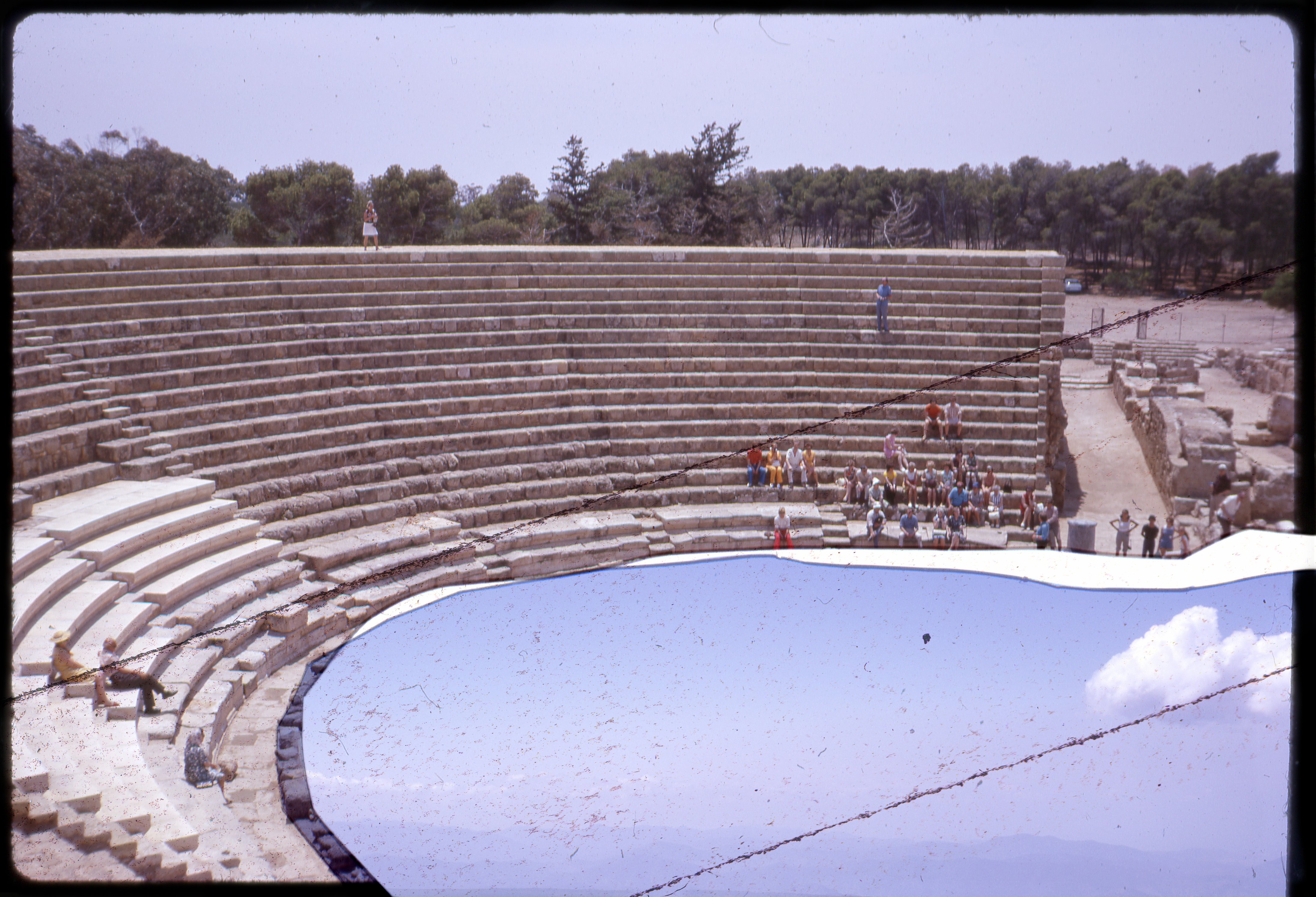

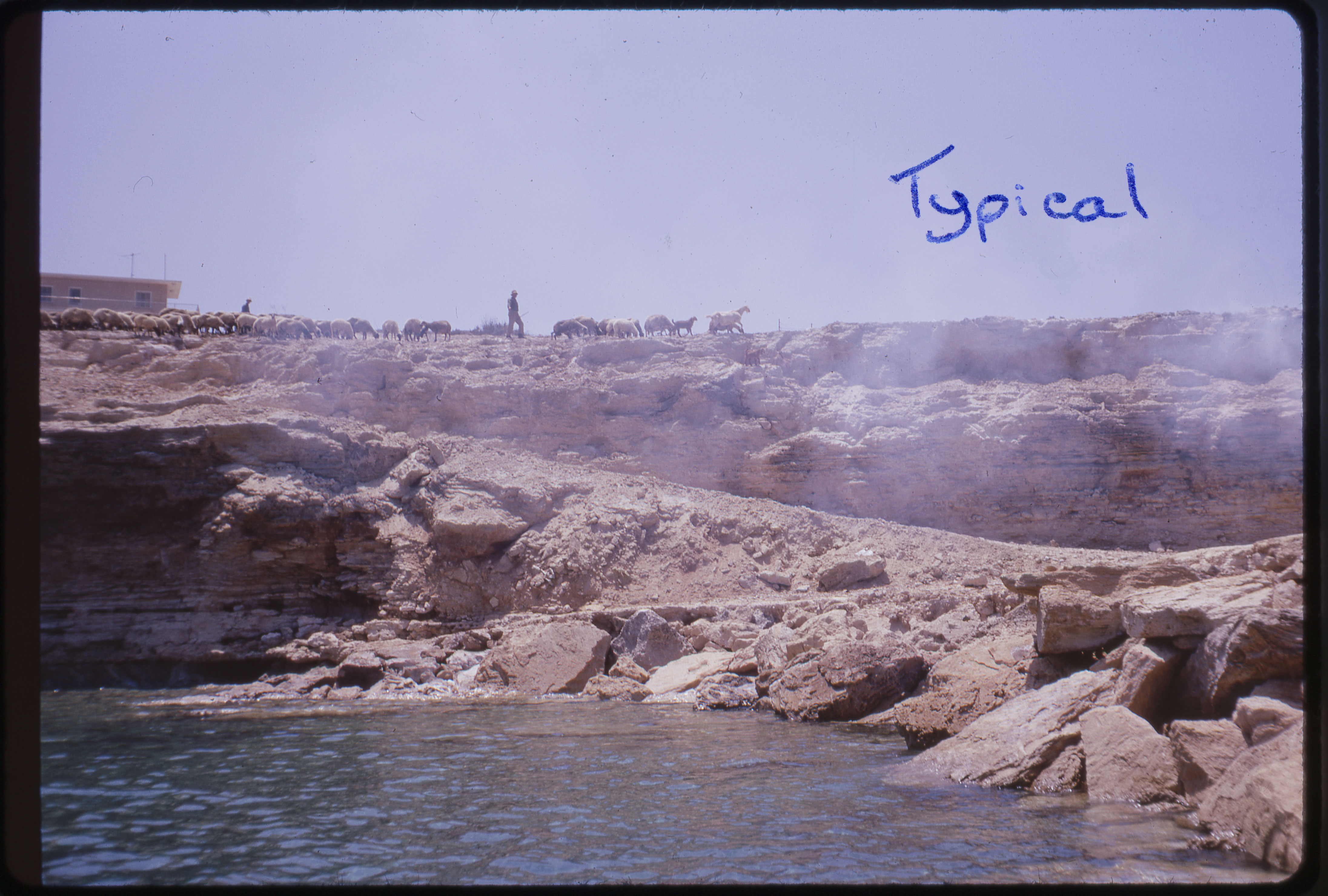


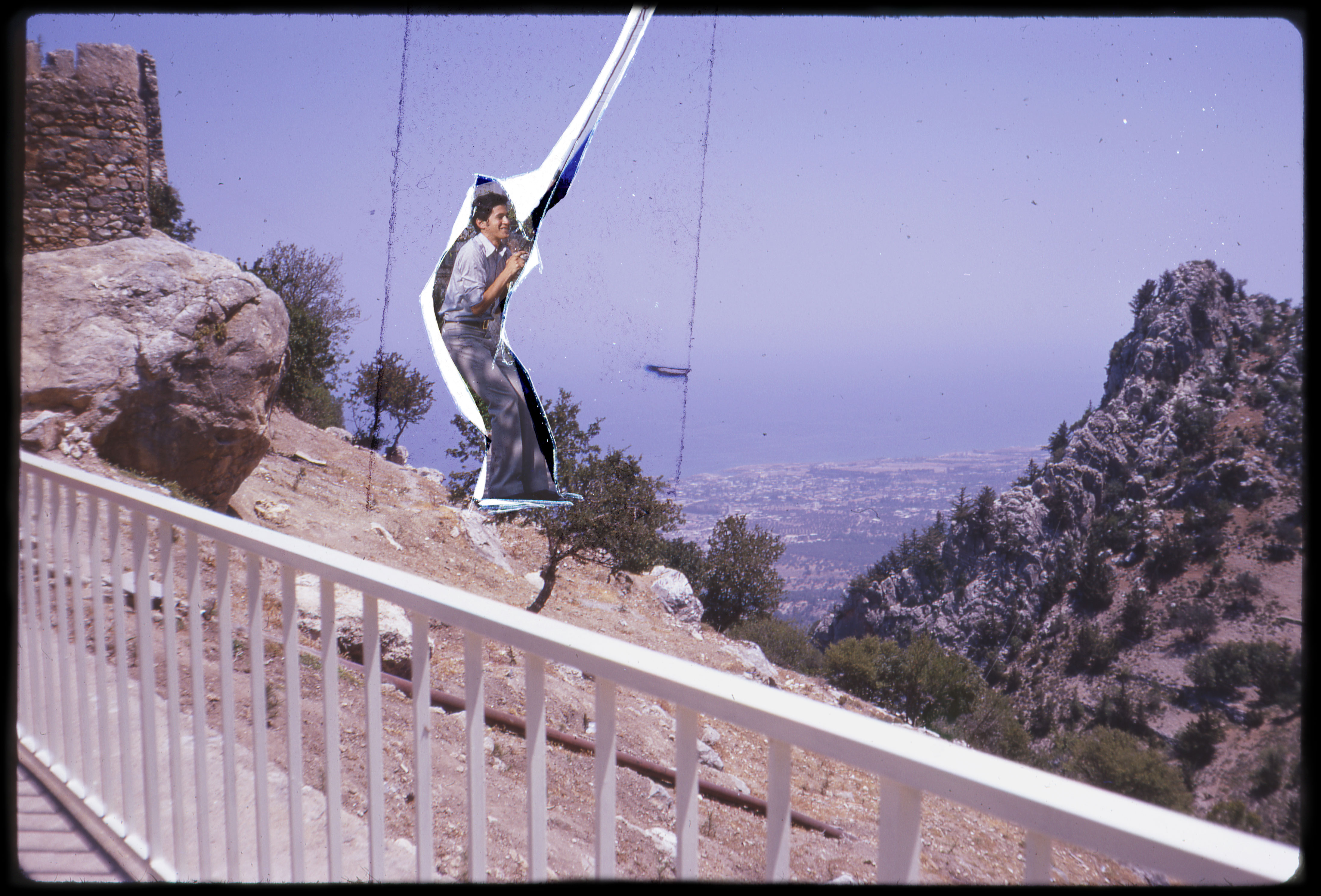
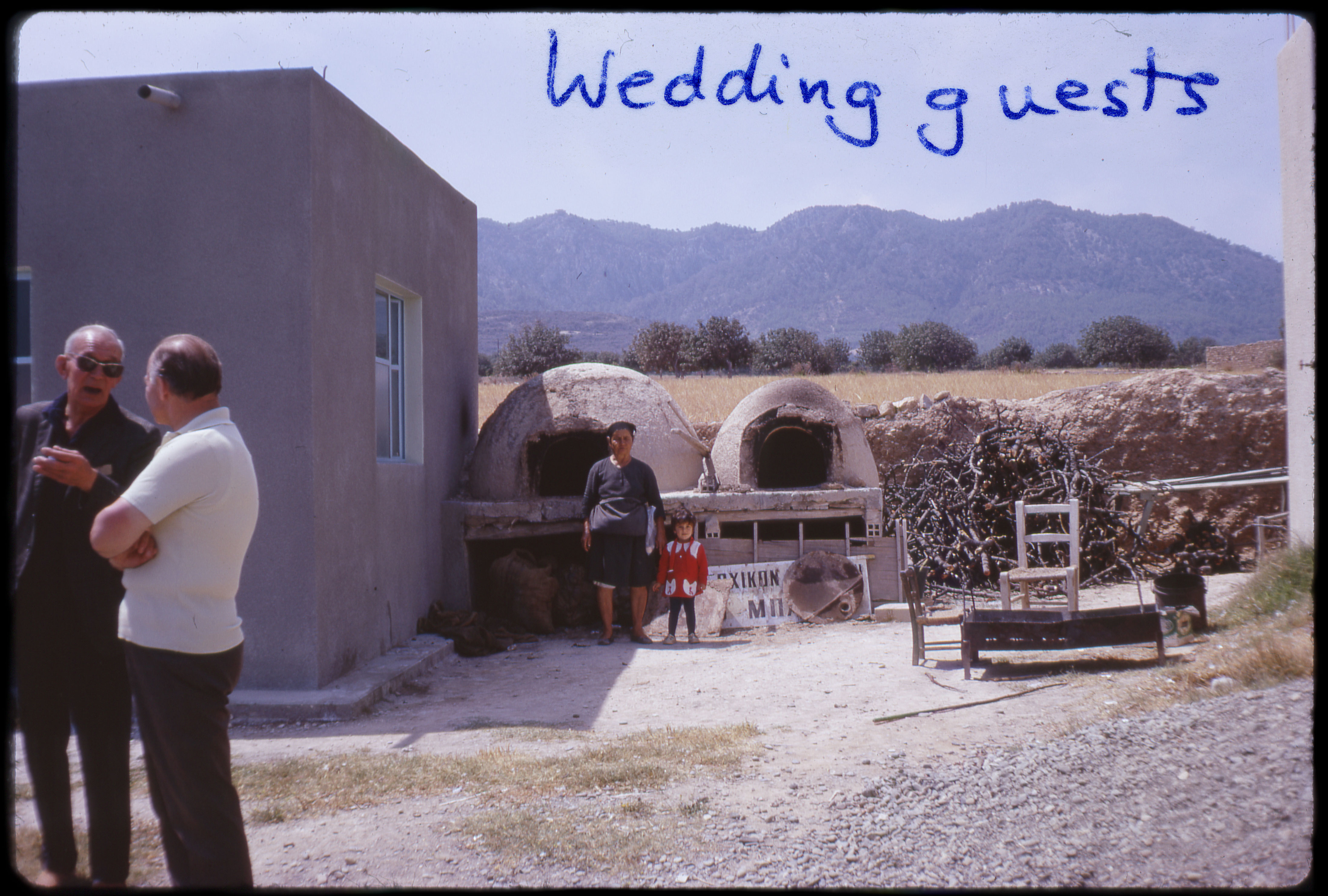
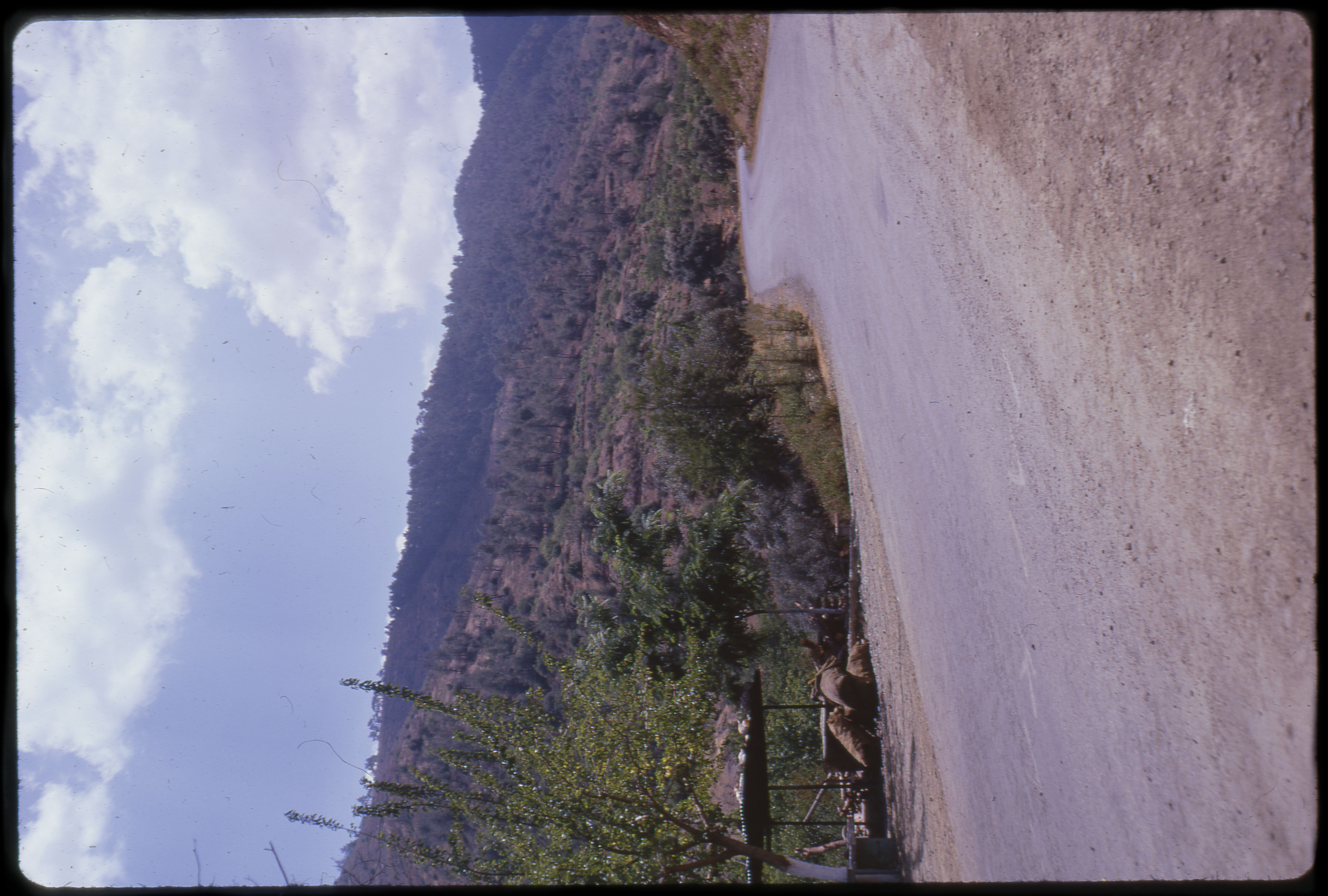
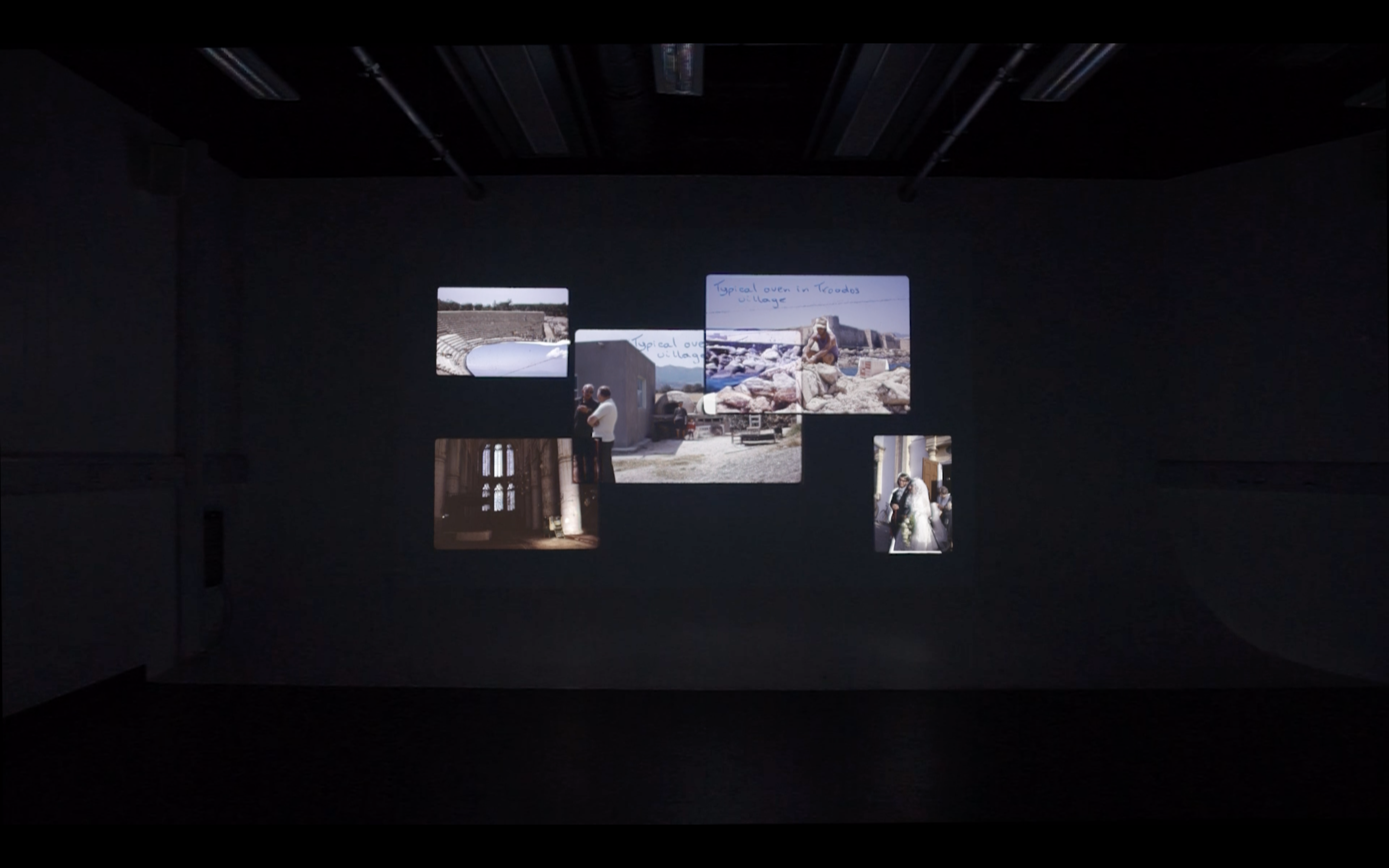
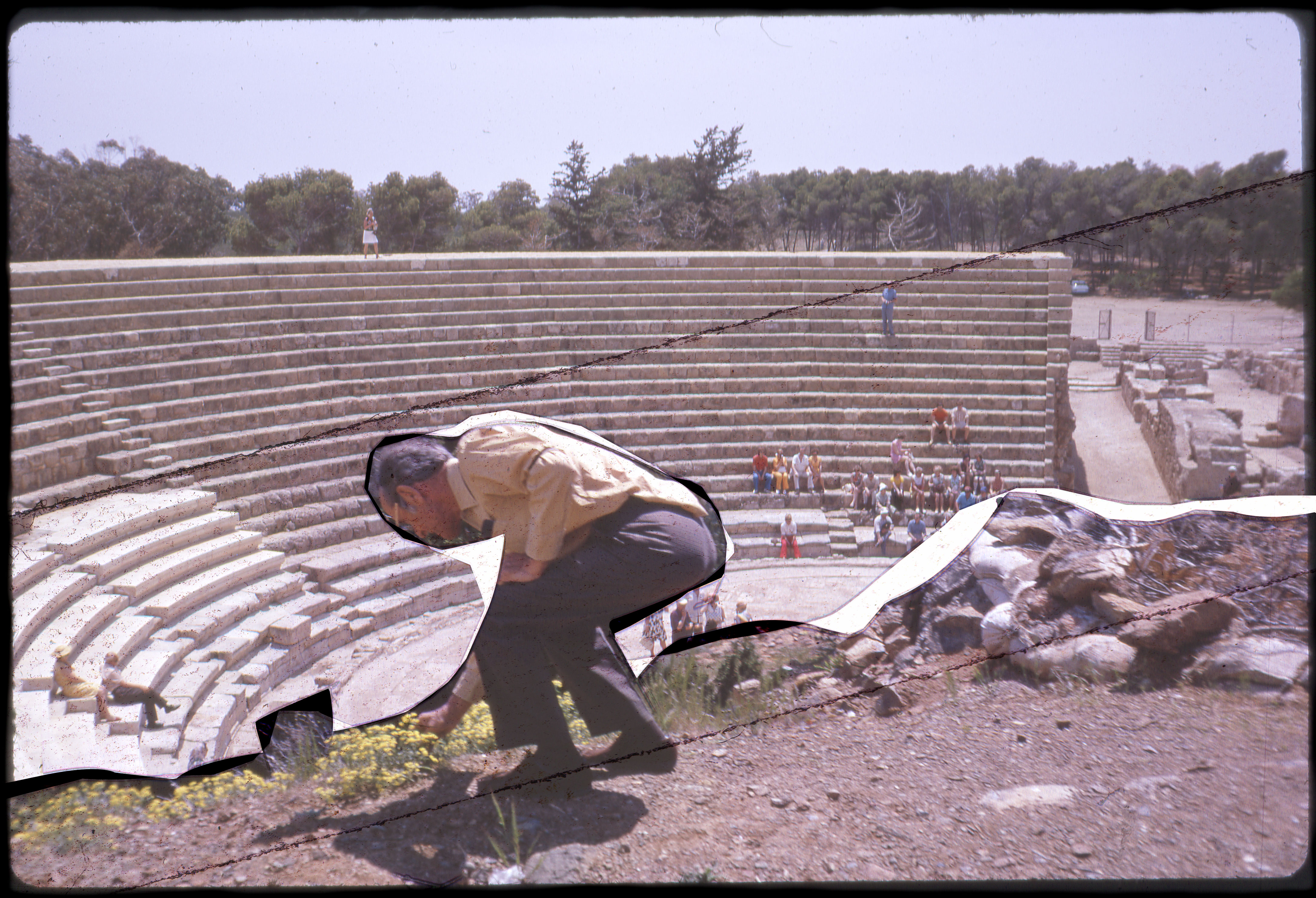

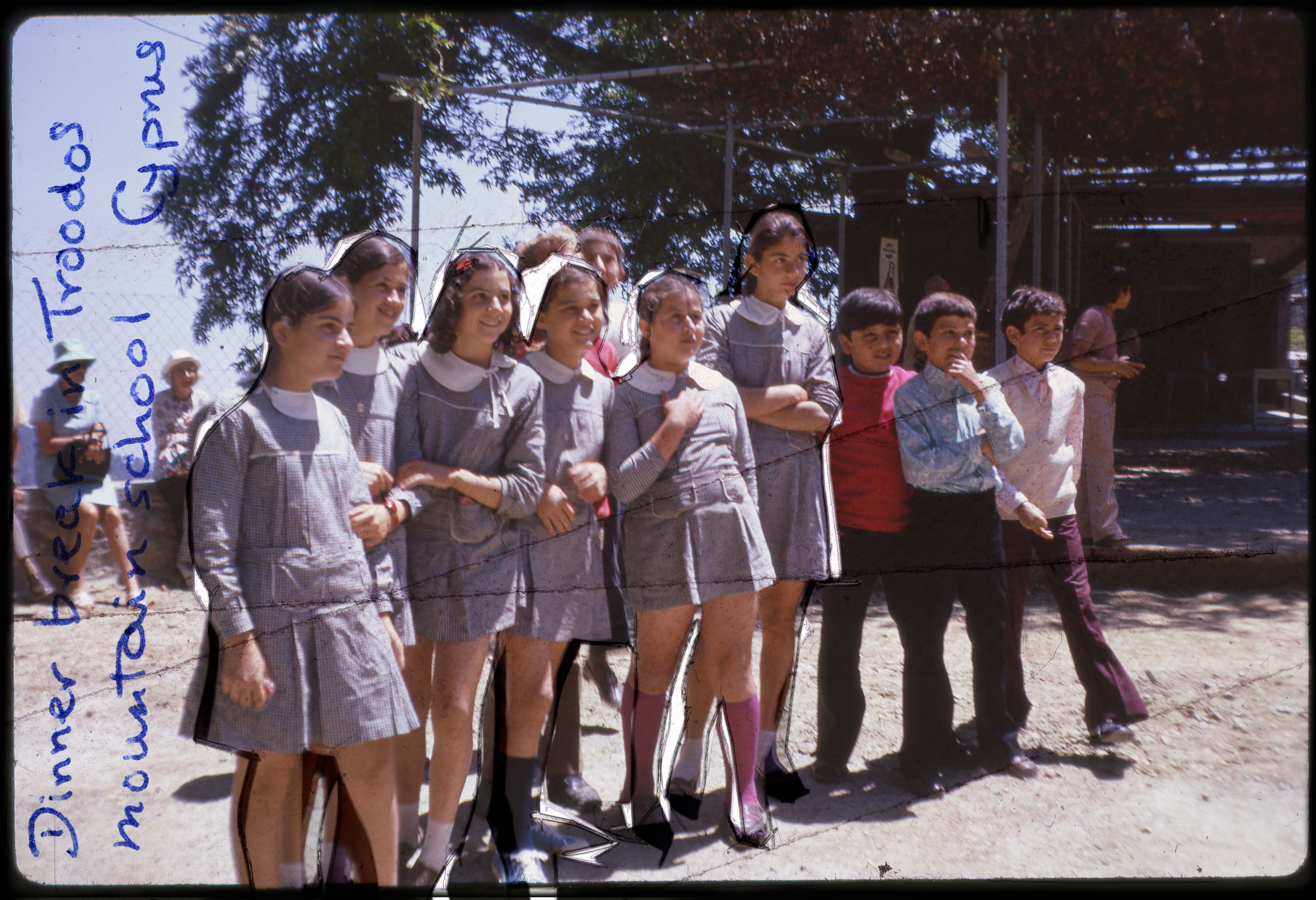


1. A concise exposition of this argument can be found in pages 15-31 of: Barthes, R. (1977) Image Music Text. ed. by Heath, S. London: Fontana Press.